Lethal Minds Volume 6
Volume 6, Edition 1 01NOVEMBER2022
Lethal Minds Journal has reached its sixth month of operation. This represents a huge milestone for us, and we’re grateful to all of you who have joined us over the last six volumes.
We have quite a few projects going forward into next year, which we are very excited to be announcing in the coming weeks. We are still holding voting for our first physical cover, and this month has been photograph heavy. You can vote on your favorite image on our Instagram.
As the year winds down and we move into the holidays, the team here at Lethal Minds will be taking a rest and refit to enjoy time with our families. As a result, we will not feature written work in our New Year’s Issue, but will be instead featuring some of our favorite veterans businesses and charities, as well as organizations doing great work for veterans. If you know of a group that deserves to be featured, reach out and let us know.
Happy Halloween, and a very happy holidays.
Be informed, be prepared, be lethal.
Graham (CPT US Army)
Editor of Lethal Minds Journal
The World Today
The Russian Invasion of Ukraine: a self-fulfilling prophecy for Putin’s Russia
Cancer In The Middle Kingdom
Unconventional Fundraising in the Digital World
Across The Force
Defining Power In Global Security
Opinion
Welcome To Machine Guns
What Are You All About
The Written Word
Fighting Spirit
The Middle Passage Part 1
ENEMY UNKNOWN: High strangeness in the shadow of the Afghan War
Poetry and Art
A Blast Wall Poem
Dead Eyes
Incoming
Art and Photography for the Cover
Health and Fitness
Concussions
How Far Do You Want To Run Marathon Results : Let Us Know
Dedicated to those who serve, those who have served, and those who paid the final price for their country.
The World Today
In depth analysis and journalism to educate the warfighter on the most important issues around the world today.
The Russian Invasion of Ukraine: a self-fulfilling prophecy for Putin’s Russia - Deniz N. Dirisu
For months, even years, the Russian government has been pushing the idea that the Ukraine is a dangerous place for Russians and Russian speaking people and that Nazi’s have taken over the power and are oppressing the population which is in need of liberation similar to the populations of Crimea, Donbass and Lugansk. Simply put: the Kremlin is saying that there is a “dangerous enemy in Ukraine that is a threat to the Russian Government”.
If you told this last part to any Russian or Ukrainian person, they would laugh at you. Even though the Kremlin propaganda machine works hard, one simply cannot erase or sow hatred against a population (Ukrainians) that have a shared heritage (Slavic heritage) and history (a turbulent, violent and imperial but nonetheless connected history) with their Russian counterparts. Before, February 24th, 2022, AKA the Invasion Day. Most Ukrainians, especially in Central and Eastern Ukraine despite the annexation of Crimea, Donbas and Lugansk did not have a negative opinion of Russia, but a rather neutral one stating their desire to live in peace. When Western Ukrainians were asked, they would certainly have negative opinions about Russia as western Ukraine has been known to resist Russian rule for centuries of Ukrainian History.
The Invasion that created an enemy
However, this all changed on February 24th, 2022. The day Ukraine was invaded. The people of Ukraine felt betrayed by the people (Russians) who called them brothers and sisters that they would try to invade their home and bomb to oblivion major cities they used to live in. Even the Russian speaking or Russia neutral areas in Ukraine did not hesitate in their anger against the Kremlin and Russia for invading their home. Unlike what the Kremlin expected, the Ukrainian people, especially in the East, did not greet them with salt and bread, but with Molotov Cocktails and AK – 47’s.
The Kremlin, by invading Ukraine proper, have in fact created the danger they were so worried about. The Ukrainian military and its people united, mobilized against the Russian invader, attacking Russian troops en-masse, on and behind the frontlines. The Kremlin created its worst nightmare. A united Ukraine, united against Russia, because of Russia. The Kremlin fulfilled its own prophecy when it invaded by creating an enemy when there was not an enemy in sight. Now that enemy is a threat to Russia, to be exact it is a threat to Putin’s Russia.
A Stalled Invasion
The war in Ukraine has not gone as planned for the Russian Military. A lightning war that decapitates Kyiv and the Ukrainian government failed spectacularly. With the Ukrainians still resisting weeks after Russia’s planned capitulation of Ukraine, this has caused a chain reaction of failures, with the most significant one being logistical failure of the Russian military, where small and large units alike were not given adequate critical supplies such as fuel and food, this is also due to the assumption that the war would be won in a few days as it was assumed that the Ukrainian people and the military were corrupt and did not have a will to fight. Boy were the Russians wrong. Logistical problems have caused units to abandon their equipment, surrender or decline conducting deeper operations within Ukraine without resupply, thus stalling the Russian advance around the large cities of Ukraine, with mediocre strategic gains in the southern front near Crimea.
As the war is dragging on, Russian losses are mounting despite no significant gains in the war as well as the added effect of sanctions on its populous making the situation dire for the Putin’s Russia as pressure mounts at home to alleviate the economy coupled with low morale of conscripts to fight people who they considered brothers and sisters (evident from the various Russian units surrendering in Ukraine). Putin for the first time in years has a clear and present danger to his rule over Russia, a danger originating in Ukraine that he himself has caused by invading. Ukraine has single handedly became the symbol of resistance against tyranny, a resistance Putin cannot afford, as his power originates from the obedience of the masses.
The Post - Soviet context
A Plethora of foreign fighters from the post-soviet region have arrived in Ukraine to fight against Russia with the hope of it weakening Kremlin’s power and influence in the post-soviet sphere through defeating and/or weakening its military and political apparatus so that it cannot exert influence in the region (ex: a dissolved or weakened CIS). Fighters from Georgia (Georgian war 2008), Chechnya (the Chechen wars) and Azerbaijan (Nagorno Karabakh war (Hocali massacre)) have come to join the foreign legion of Ukraine or the various militias that make up the national guard of Ukraine.
Russia’s economic and political alliance - the CIS (Commonwealth of independent states) depends on Ukraine for two reasons. First, politically Russia cannot be seen as losing control over one of its so-called core territories (that was part of Russia physically during the Soviet Union and a founding member of the Soviet Union). It is bad press and would present Russia as a weak power and encourage other post-soviet states to stray away from Moscow. The second reason is economic. Ukraine is not only the breadbasket of Europe with vast land capable of feeding millions but is also home to Europe’s second largest deposits of gas and shale gas after Russia (Carpathian and Donbass shale gas and the black sea gas reservoirs based around Crimea), alongside the fact that vast gas pipelines go to Europe through Ukraine, increase the value (new economic opportunity and sphere) and threat (economic chokehold in the form of control of pipelines and providing Europe and alternative to Russian gas) that Ukraine is to Russia making it pertinent that Ukraine is under Russia’s influence or control.
Moreover, as fate would have it, the fact that Russia has launched a war in Ukraine, caused a ripple effect in post - soviet nations in outpouring of help and support to Ukraine, especially the ones who have been in conflict with Russia. Russia by invading has shown its true colours again to the post-soviet world that it is not a liberator but an oppressor who will not stop even if it meant full scale conventional warfare causing thousands of deaths and having the potential to end the lives of millions.
The Global Context
As the war in Ukraine raged, nearly 20,000 foreign fighters arrived in Ukraine (including the post-soviet region) to fight against Russian aggression. This kind of support is unprecedented in recent history. There have been many foreign fighters going to the middle east to support various militias and even terrorist groups. However, no group/militia/army has achieved this many volunteers in such a short time, further proving that the fight in Ukraine is not only seen as a conflict between states but a conflict between an oppressor (Russia) and a victim (Ukraine), a war for liberty and freedom itself. Russian media narratives that there are Nazis in Ukraine, and they want to kill Russians has been flipped upside down as even its mighty propaganda apparatus can barely justify the war to its own population with moderate success, let alone to the rest of the world who have (mainly) not bought into the Russian propaganda and have supported in various ways (militarily, politically and economically). Now for the rest of the world the Russian government is the new Nazi regime waging a war of imperial expansion justified by the threat of NATO bordering Russia – which it already does (the Baltic states). Furthermore, for Putin and to some extent for most Russians, Ukraine is the little inferior (evident from the derogatory nickname of “hohol” or “Ukrop” given to Ukrainians by Russians), brother (Slavic shared heritage) who doesn’t know better and must be ruled by the father (from the fatherland Russia) or will stray away from the “right” side towards the west. A phenomenon can be summed up as a geopolitical version of the fear of abandonment.
Most importantly, the catastrophic withdrawal of the United States from Afghanistan, signaled to the world that the U.S was losing its influence and power as a global superpower. Emboldened by the weakened state of U.S global influence Russia took the opportunity to start the build up of its military on the Ukrainian border about a month after the Afghanistan debacle (around October/November 2021 – exact start date unknown). Russia by a swift invasion and conquering Ukraine would show the world that the U.S is a declining power, and that Russia is a European/Eurasian power would be replacing the U.S position as a world power.
A new European power?
As the Kremlin's invasion has stalled in Ukraine, vast support has poured in from the west, especially Europe. A European power alternative to the U.S is beginning to emerge (as the Kremlin predicted) but it is not Russia. It is Europe and the EU. The Russian invasion has unified a previously splintered Europe against a common enemy: Russia. EU member states have planned on increasing their defense budgets by at least hundreds of billions with Germany and Poland leading the rearmament charge. EU leaders approving the “strategic compass” plan which envisions a creation of a 5000-man rapid deployment force is an unprecedented and large step towards an EU army independent of NATO and any other no – European power. Furthermore, the EU plans to increase its independence from Russian gas by investing and developing alternatives in the Eastern Mediterranean where vast amounts of Oil and Gas have been found in the maritime territories of EU nations such as Greece and third-party states like Turkey, Egypt and Israel who are willing to extract the natural resource for themselves and for sale to the EU (still not in motion as of yet due to tension over rights). With the EU possessing a larger population and economy than Russia and an economy on par with America it is probable that a European continental power bloc is emerging as a result of this invasion.
If I were to leave you with one thought: “You reap what you sow”. Russia, by invading Ukraine, has fulfilled its prophecy of an Enemy in the west be it Ukraine itself or Europe at large. However, an enemy it underestimated and an enemy united by the values of liberty and freedom (of course geopolitics and realpolitik are part of their considerations and not all support is of good faith) for Ukraine in the face of invasion from imperial Russia (unlike the Great Patriotic War, aka World War 2 where the enemy from the west was Nazi Germany). Now the enemy from the west is supporting its enemy in the near west Ukraine for its fight for independence by sanctioning Russia, causing economic damage and by providing military assistance, indirectly causing Russian material and personnel losses. The war is far from over. Russia is still a major power with a large military. However, as Ukraine continues to resist, Russia's and Putin’s power is eroded daily1.
Cancer In The Middle Kingdom - Jason Wang
While many have studied China at length, few have experienced the internal workings of the “Middle Kingdom” and the generational impact of an Imperial Feudal System, the Heavenly Mandate, and the modern Communist Party on its cultural dogma. The CCP has incredible leverage on its own population vis a vis totalitarian enforcement and systemic monitoring. When coupled with heavy-handed censorship and the survival efforts of the ever fearful, self preserving regime, understanding the intrinsic thoughts and motivators of Chinese citizens is incredibly difficult. I will not address the differences between the Party, Country, and People in this paper, but rather examine some common points of conflict.
Defense against a tyrannical PRC approach to human geography will require “out-of-thread” innovation, combined with the exploration of previously unknown frontiers; see Taiwanese Memetic Engineering and Chinese Psychedelic Information Sharing Groups. Gathering ground-truth, be it by a variance in methodology or topic, is incredibly challenging. Even with the best forms of SIGINT, HUMINT, and RUMINT, understanding and interpreting the Chinese people requires a shared basis on perspectives, which is unlikely for most due to starkly contrasting generational exposures and backgrounds.
Here, I will examine three separate issues: Language/Cultural Research, Chinese U/I and U/X Alternatives, and Health Monitoring- Selector/Criteria Mismatch. While there are an infinite number of angles to approach a target, in this paper I will provide introductory analysis and reflections from a “Why”, “How”, and “What” perspective. These topics will be explored deeper in later articles, please reach out and contact at your convenience - feedback and insights are always appreciated. As a prior US Special Forces Medic, culturally and ethnically native Chinese, and someone who lived in East Asia for a decade, I hope my insights are beneficial and may help you find ways to be the bridge and provide the oppressed some much-needed light.
Language and Culture Concept Captures – Increase Data Exchange
Chinese has the highest native language speaker count in the world – with over 1.2 billion, the Chinese language has more than double the English language’s native speaker count. While this doesn’t account for differences between Chinese-Mandarin, Taiwanese, Singaporean, etc., it does acknowledge the applicability of Chinese Mandarin as a common communication vessel, with cultural roots of Imperialism, Confucianism, and regional Warlord periods. However, English is still quantifiably the most popular language, with some estimates placing 2 billion people as English language “enabled” or fluent. Worldwide adoption of the English language enabled it to be a highly modifiable and inclusive language (and likewise, its affiliated culture).
In contrast, written/spoken Chinese language also has significant variance, is heavily moderated, and has an extremely high threshold for applicable usage (various education control measures, combined with baseline knowledge requirements). Yale, Pinyin, and several other interpretation methods have been adapted at scale, but at its core, China maintains complete dominance in the deployment, integration, and shaping of the Chinese language (and its ad hoc culture). Chinese people within China are very limited in their ability to communicate externally without another communication channel - increased efforts must be made to enable the Chinese to engage with the world at large effectively and openly, to include overseas Chinese.
So What?
It is unlikely that a US led coalition will make meaningful grounds in influencing Chinese populations without the “Why” behind language and culture. Traditional measures of language used by the USG (DLPT, ILR, etc.) measure linguistic listening, reading, and speaking, which are adequate for achieving basic functional activities, but do not account for culturally relevant input/output in a near-peer, strategic campaign. A linguist/analyst must understand finer nuisances to be able to find deeper communications, in English or Chinese.
What Now?
• Provide widespread content development opportunities: “Let the people speak” – Due to content platforms that are Western culture dominant (Instagram, Facebook, etc.) many overseas Chinese lack engagement initiatives. Lowering thresholds for active participation will create a better representation of their thoughts, increase independent behavior patterns, and allow China watchers to understand newer, rapidly changing, cultural details. Many of these trends are rapidly born and evolved on platforms like ByteDance and WeChat but have limited exposure in larger international social sites.
• Defend expression opportunities: “Safety first” – feeling secure in the utilization of language and culture is a fundamental requirement for its widespread adoption. Compare the learning of Chinese with that of Korean. Korea’s model of cultural open-ness, youthful adaptation, and flexible application have made its reach incredibly far and diverse. Chinese historically oppressive activities combined with modern Western “cancel culture” have made overseas Chinese even more hesitant to express/engage. We must provide objectively permissive interaction forums that guarantee participant safety.
Chinese Integrated Applications – Increase U/I and U/X concepts
Many are familiar with WeChat as a combination of WhatsApp, Instagram, Facebook, and others. It provides numerous day-to-day capabilities such as payment, communications, and entertainment in a singular app. What many are not aware of is the dominance WeChat exhibits due to the platform being a pseudo-official government requirement (government announcements, neighborhood HOA notices, etc.). Its widespread adaptation (>80% of Chinese smartphone users rely on WeChat or other apps for purchases) make interaction with Chinese (and overseas Chinese) very limited without funneling through the highly regulated, state monitored platform, a critical chokepoint for scaling freedom of thought.
While some younger crowds use Instagram and other Western social media apps (which still require VPNs when in China), massive amounts of collective ideas are born (and are just as often killed) through WeChat. Recently, following the bridge event in Beijing during the 20th Party Congress, users found drastic bans (600k accounts) sharing anything related to the incident, with a massive stoppage of hashtags; at one point, the tags #bridge, #brave, and even #beijing were blocked. WeChat is moderated in ways that are difficult for many non-Chinese to comprehend, with constant linkage of social identifiers, regulation of day-to-day transactions, and extensive CCP adjacent surveillance; another recent display occurred when protestors demanded funding access due to frozen bank accounts – officials “red tagged” WeChat COVID QR codes, blocking them from societal participation and forcing them to return to quarantine.
So What?
Language and culture provide the “Why” while platforms provide the “How”. Initial interfacing and layering of native (and overseas) Chinese behavior (in the form of U/I and U/X) requires improvement. Sentiments, perceptions, and suggestions (to include influence, interpretation, and analysis) have distortion in meaning when not seen in their original context.
What Now?
• Understand their mental rules and barriers: “Play the same game” – memes, trends, abbreviations, popular hidden meanings; these keys are critical to understanding how oppressed people adapt expressions in a repressive environment. Enable data scraping, OSINT tools, AI/ML, and other aggregating functions to effectively understand the interactions taken by users on WeChat; both the actioning and the constraint overcome.
• Create Interoperable Solutions: “Create less problems” – Convenience and interoperability are vital factors in WeChat’s adaptation. As a standalone, WeChat provides more utility to most Chinese than any other application, which makes it unreasonable to expect a mass exodus from usage. Furthermore, many functions such as banking and COVID QR codes require WeChat/AliPay usage; third-party, regionally relevant adaptations may provide easier access – think Line, Kakao, ApplePay. Until there is a viable alternative, attacking WeChat infrastructure is unlikely to result in meaningful user alignment. Alternatively, increasing accessibility may serve as an opportunity to expand WeChat user’s awareness to alternate systems.
Bridging Health Channels and Discussions – Facilitate Common Grounds Traditional metrics and selectors for regional health are heavily guarded by Chinese health administrators; topics such as food security, pollution indices, and cost of treatment are targets for state propaganda, often with manipulated data, glorified for public morale. Global discussions of emerging health concerns such as mental health, pandemic disease risk, and disaster medical response are opportunities to include Chinese citizens below threshold.
Currently, the Zero-Covid policy has all but eliminated freedom of expression on related matters within China; as China continues to double down on its constrictive policy, overseas Chinese populations (particularly medical stakeholders) should consider alternate health systems. Their participation and inclusion in these ongoing discussions will enable them as knowledge managers for these topics, limiting Chinese censoring and influence operations.
So What?
Health is highly discussed in all planes of Chinese culture, making it a prime “What” as a topic for increased communication. However, this also makes it a vital channel for the CCP to monitor and influence; evidenced by the delay in COVID knowledge sharing and their ongoing projection vis a vis pandemic fearmongering. Inclusion of overseas Chinese healthcare/medical stakeholders via knowledge sharing will hedge against their domestic control measures, enabling them to engage and continue discussions with their Chinese counterparts.
What Now?
• Empower cross-cultural health users: “Connect the dots” – trending, user-driven health discussions (compare “lying flat” with silent quitting, or 9-9-6 work culture with US corporate work-life balance) are valuable bridges between common underlying societal issues. As language/cultural barriers become less restrictive, increased engagement efforts of overseas Chinese in emerging but popular healthcare topics will provide them insights that have yet to be targeted. Overseas Chinese are also prone to seek out medical providers of a similar cultural background, highlighting the importance of language/culture enabled medical providers as first-line information sources.
• Exposure of individual health journeys: “Sharing stories” – Identifying, sharing, and evaluating historic Chinese cultural health taboos (suicide, domestic abuse, women’s and children’s mental health, psychedelic health, etc.) will require external engagement, as the CCP seeks to suppress narratives that it sees as a threat. Movements akin to the #metoo movement gained ground rapidly in China but saw immediate censoring when predictive modeling revealed it to be a threat to domestic compliance. Relatable health stories, concerns, and ambitions will provide accessibility to overseas Chinese that are thinking (but haven’t met the threshold to engage) about taboo topics.
Unconventional Fundraising in the Digital World - Zacarey Keith
On August 26, an Islamic State sympathizer minted the first ISIS non fungible token (NFT) in an attempt to raise funds for the radical Islamic group. An NFT is a digital asset, represented usually by a graphic image. This new age medium of value became popular in 2021. NFTs are a digital token that can be used as an art piece or even an exclusive ticket to concerts and clubs. As the world’s economic infrastructure evolves into a digitized format, so does the black-market funding the world’s infamous terror groups. The Islamic State is the second terror organization to mint an NFT, following behind the Russian Imperial Movement (RIM), a white supremacist movement. RIM minted an NFT in July, advocating support for the war against Ukraine. As Western governments and non-governmental organizations continue attempts to cut off the monetary lifeblood of ISIS, they have turned to blockchain technology to work around the ever-tightening noose of economic restrictions. Named IS-NEWS #01, the NFT has not been traded, and its actual origins are unknown. Its existence on the blockchain has proved impossible for the Justice Department and law-enforcement agencies to remove. A former intelligence analyst, Mario Cosby, states that this digital token is “as censorship-proof as you can get.” Neither the creator of the piece or Islamic State representatives commented on the development.
Since the initial creation of the NFT on the marketplace Rarible, two other NFTs were available for sale and, at the time of writing this article, are no longer available on the website. Rarible and OpenSea have since removed the content and publisher due to apparent violations of community guidelines. In a public statement, OpenSea states that the website has “a zero-tolerance policy for listings that incite hate and violence.” The NFT is still available on the platform IPFS, a database derived from various internet nodes. While the pieces are no longer for sale, analysts are concerned and continually monitoring the digital space for similar developments. Cryptocurrencies and other digital assets have been historically criticized for their ability to discreetly and reliably offer the underworld funds to continue nefarious acts. The anonymous nature of digital assets also makes tracking their buyers and sellers difficult to identify, causing concern for agencies such as the Treasury Department.
The digital market differs from other methods of money laundering. While the physical art market is a popular methodology for laundering funds for crime families and high-profile politicians, the advantages of this market are not afforded to terror groups. The physical location of most terror groups, as well as the lack of established, reputable financial accounts eliminates most terrorists from acquiring high end art. The ease of the digital marketplace allows for terror organizations to launder their illicit funds through the acquisition of digital assets, or for sympathizers to spread radical messaging worldwide and donate to their favorite terror group.
The hasty US retreat from Afghanistan has proven a breeding ground for the once crippled ISIS leadership and its international chapters. Over a year since the Taliban’s return to power, IS-K and Afghan government forces are in constant conflict, driving the country further into poverty and famine. ISIS became the first terror group to effectively use social media as a recruiting and propaganda tool, posting gruesome videos and photos. Continuing their technical prowess, the Islamic State may experiment further with digital assets to fund their ongoing war against the Taliban2.
Across the Force
Written work on the profession of arms. Lessons learned, conversations on doctrine, and mission analysis from all ranks.
Defining Power in Global Security - Timothy Spencer
Power has the opportunity to be shaped in many forms. Power, in terms of security, is relative and situational. Power can be derived from military might, political persuasion, and international diplomacy. If one nation has a specific type of power, that type can be used as a resource to make another bend to its will, either through diplomatic means or through warfare. Power should not be understood as a simplistic term to define any distinct advantage or persuasion in any given security situation. Nation A could have a more robust military than nation B, but nation B could use collective bargaining methods to find a better economic deal. Nation A could not like the deal's terms and decided to intervene with military or economic sanctions to persuade nation B to conform to an agreement. The main idea is that power is situationally dependent and relative during any given security situation.
In the 21st century, power no longer defaults to who has the highest castle walls or the most powerful military. The mightiest armies have failed on the strategic level to achieve their goals due to having exercised the wrong types of power at the wrong time. A prime example is the United States in the Vietnam war failing to achieve its political objective despite having the military advantage. The Vietcong broke the will of the American soldiers during the war, and public opinion decreased the troops' morale. This left a lack of reason for war and created a distinct power advantage for the North Vietnamese.
The relativity of power is not limited to nations; people (or actors) can try and ascertain the power of other people or even entire nations. (Nye, 5). An example of actors exercising power is the Taliban regaining control of Afghanistan. The Taliban could never compete against the U.S. military on the conventional stage. The Taliban can (and arguably did) control vital regional stakeholders and keep the will who opposed them at bay. The Taliban exercised the power of patience simply by waiting for the U.S. to leave and understanding the social constructs that the U.S. lacked clear objectives.
There are a few other forms of power to be aware of when attempting to define power, such as soft power, hard power, and social power (Nye 6). In Afghanistan, the Taliban demonstrated social power by understanding the behavioral level of underlying social structures and the general environment. The U.S. had the daunting task of unraveling and comprehending Afghanistan's cultural and political diversity in a short time. The Taliban had social power simply by being born into the nation's culture. An example of hard power is the U.S. invasion of Iraq in 2003, using full military might against an enemy. Lastly, an example of soft power can be the psychological persuasion or the bending perception imposed on an adversary.
Power through resources is another method politicians will sometimes use to measure power (Freedman 18). Power could be demonstrated by a nation that is prosperous in its resources in a strategic environment. The U.S. in Afghanistan, for example, had power over the Taliban in terms of resupplying soldiers in combat and evacuating casualties. During a casualty evacuation, the "golden hour," a medical evacuation within 60 minutes, proved to be a major power play in the survivability of troops injured during combat. If a Taliban fighter were to become a combat casualty (unless evacuated via U.S. transport), there was no casualty evacuation plan to get immediate, intensive trauma care within minutes of injury. Thus, the U.S. demonstrated the power of resources during the conflict.
The main objective of comparing the Taliban's and the United States' various arrays of power is to highlight how different forms can affect the same internal conflict with two very different levels of military force. While these are great examples, it is equally important to realize that several other power factors can come into play. Other forms of power, as Nye mentioned, are using threats or rewards, controlling the agenda of action to force a specific outcome, and creating or shaping beliefs and perceptions (14). An example of the first factor is that Hitler and Stalin attempted to be perceived as invincible to attract followers and make other nations succumb to their will through coercive methods (Nye 14).
Nye argues that humans are much more complex than being coerced into every decision; thus, a second and third face of power must exist to achieve more profound levels of human behavior (14). The example used by Nye is automobiles dominating human society (15). This automobile domination is predominantly a consumer choice, but with incentives such as public transport policy, lack of walkable streets, and the infrastructure of significant interstates nationwide. While the government is not forcing consumers to buy vehicles, the infrastructure surrounding the decision-making process makes for limited affordable transportation options. This example shapes the agenda and the immediate perceptions of choice, demonstrating the type of power the automobile industry has over consumers.
In short, power is the ability to achieve or obtain specific goals through various means. Authority, persuasiveness, and manipulation; all three words have different definitions but can be used to achieve power over an adversary or an ally. While there is power in having a clear strategy for security situations, strategy is the art of creating power (Freedman 20). Power is unstable and subject to Clausewitz's paradoxical trinity of war: passion, chance, and reason. Developing strategy and fundamentally understanding how and when to deploy the different types of power could be the most important type of power there is3.
Opinion
Op Eds and general thought pieces meant to spark conversation and introspection.
Welcome To Machine Guns - Adam Krick
“A single Marine jumped off the back of an incoming helicopter and walked slowly across the landing zone toward the dirt road that led to the regiment’s rear area. The Marine stood six-three or six-four, but his size wasn’t nearly as interesting as the sawed-off M-60 machine gun dangling from two web belts hung over his shoulders. An M-60 usually took two men to operate. The book assigned a crew of three. A crude handle had been welded onto the barrel so the Marine could control the kick without resting it on a bipod. Two cans of machine gun ammo lay against his chest, suspended from his shoulders. In addition to all this weight, Mellas guessed that he also carried the usual full pack of the bush Marine: sleeping gear, food, extra clothes, hand grenades, books, letters, magazines ponchos for shelter from the rain, shovel, claymore mines, bars of C4 plastic explosive, trip flares, handmade stove, pictures of girlfriends, toilet articles, insect repellent, cigarettes, rifle-cleaning gear, WD-40, jars of freeze dried coffee, and maybe a package or two of long-rats: freeze dried trail food designed as rations for long-range patrols but more often used by the grunts for special occasions. On the Marine’s head was an Australian bush hat, left brim folded up at the side. Matted blonde hair, discolored with grime, showed beneath it. His uniform was a mass of tattered holes and filth. One trouser leg had been torn off just below the knee, revealing pasty white flesh covered with infected leech bites and jungle rot. His hands, face, and arms were also covered with jungle rot and open sores. You could smell him as he walked by. But he walked by as if the LZ belonged to him, seemingly unaware of the hundred or more pounds he carried. He was a bush Marine, and Mellas wanted fervently to be just like him.” - Matterhorn by Karl Marlantes
“‘My name is Red. They call me Big Red. You look like boots.’
‘We are,’ I said. ‘Just got in today.’
‘What platoon are you in?’ He rolled back to a comfortable position.
‘Second Platoon,’ Chan said. ‘First Battalion, Fifth Marines.’
‘That means you’re with me. What’s your MOS?’
‘My military occupational specialty is 0331,’ Chan said dryly.
‘We’re both 0331s,’ I said.
A big smile stretched across Red’s face.
‘Both gunners? Oh boy, they’re sure going to be glad to see you two.’
‘Why is that?’ asked Chan.
‘I’m a gunner too,’ he said. ‘I got hit on the first day of Operation Hue City, and when I left I was the last gunner with machine gun MOS in he whole company. They were grabbing mortar men and sticking M60s in their hands, and believe me, they don’t like humpin’ through the bush with grunts. Do you remember that crap they told you in machine-gun school about the life expectancy of a gunner after a firefight begins?’
We nodded in unison.
‘Well they meant it. Seven to ten seconds.’” - Guns Up! by Johnnie M. Clark
“We would check the machine guns out from the armory and do gun drills until our senior Marines got tired of watching us.” - Freaks of a Feather by Kacy Tellesen
You’re a Machine Gunner now. An 0331 (oh-three-thirty-one), you made it. You’re finally a member of the cult within the cult. Your days of class after class on machine gun theory followed by prac app (practical application) and then hours upon hours of dis-and-ass are over, right…right? Wrong.
Once you hit the fleet there’s a handful of things you’re going to need. You’re going to have to retain your knowledge. You’re going to be expected to be able to proficiently employ your weapon system. You’re going to have to maintain the physical standards. You’d better be able to hump; and hump heavy and fast and far. You’re going to have to be tough physically and mentally. You’d better have some thick skin. And perhaps the most important; you need to uphold the legacy.
Knowledge: when talking about knowledge, we’re not talking about how knowledgeable you are about just any subject, we’re referring to machine gun knowledge. Machine Gunners are known for the pride they take in perfecting their craft and their ability to rattle off every bit of information that pertains to a machine gun to include but not limited to: the weight of a 240B, the muzzle velocity of the Mk19, color tip of a .50 caliber Armor Piercing Incendiary Tracer round. On top of the information related to the weapon systems, you also need to know gunnery and employment. Things like; the definition of the beaten zone, classes of fire with respect to the ground, target and gun, range estimation and how to properly prepare a range card. Too many times I’ve seen young Machine Gunners get to the fleet and do a complete data dump of every piece of knowledge they had literally just learned. I recently watched an interview of an Iwo Jima veteran Machine Gunner who could still throw out terms like defilade and enfilade in the proper context at the age of 90, so what’s your excuse? Once you hit the fleet get ready to expand your knowledge. You’re going to learn about or be retaught things like SAFESOC-R, DRAW-D and EMPCOA, 9-lines, what an IR buzzsaw is and a NATO Y. If you’re fortunate enough to get the chance to go to AMGC (Advanced Machine Gun Course) you’re going to receive even more knowledge from armor ID to firing the Mk19 high angle from defilade utilizing things like a Gunners Quadrant, aiming stakes, a whiz wheel and firing tables. Knowledge intake and maintenance is never ending. Knowledge is power.
Proficiency: what is proficiency? Proficiency is defined as: a high degree of competence or skill; expertise. Your whole world revolves around the gun. You’re expected to be able to proficiently employ that gun. Billet does not matter. At any point you could find yourself behind the gun. When it comes to applying your knowledge to your weapon system, seconds can make the difference between life and death on the battlefield. Not being able to get that gun up in time could be the reason your gun team gets smoked or that maneuver element, who is counting on you to provide accurate suppression, gets cut to pieces before they even get the chance to reach their objective. Machine Gunners are renowned for the pride they take in their craft. The hours upon hours of gun drills, barrel changes, disassembly and reassembly, transitions from bipod to tripod and tripod to bipod, dead gunner drills and learning to apply the knowledge you’ve acquired through classes and books, to the gun, are all part of that and will help make you a proficient Machine Gunner. As you advance within the gun section or potentially immediately, you will be looked to as the subject matter expert on that weapon system for your expertise in employing said weapon system. You need to be able to speak intelligently in order to get your point across and to ensure you’re advice is heeded in order to, potentially, save lives.
The physical standards: so aside from the standard PFT/CFT, you’re going to be humping, and humping A LOT. Welcome to the Infantry, right? You’re going to be humping the most weight and you’d better be able to hump it farther and faster than any one else. Machine Gunners are known for their ability to hump weight. Fall out of one hike and that will haunt you until your EAS. Hit the gym on your own. If you can deadlift a Volkswagen, that’s a plus. Get out and hike with weight.
Physical and mental toughness: so these tie in with humping. A huge part of being able to hump heavy, hump fast and hump far is mental and physical toughness. On top of that, you’re the new guy and you’d better have some thick skin. As a new boot we were in the quad damn near from dawn to dusk some days doing gun drills mostly. Be prepared to get yelled at. It’s your senior Marines’ duty to prepare you for the possibility of combat. Combat isn’t easy, don’t expect them to take it easy on you. When you get to the fleet, it’s going to be tough. It’s going to be tough because it has to be and so do you. Don’t expect to get pampered. We don’t promise you a rose garden…
And finally, legacy: We come from a long line of absolute studs. From Edward Cole of the 6th Machine Gun Battalion, who pioneered the use of machine guns in the Marine Corps to John Basilone and Mitchell Paige, who each made a name for himself on the island of Guadalcanal, fending off the Banzai charges of fanatical Japanese, to Win Scott who faced wave after seemingly endless human wave of mustard clad Chinese, to Johnnie Clark who leapt atop a grave mound, dangerously exposing himself to enemy fire, so he could fire over the heads of a pinned down squad to Jason Dunham, who sacrificed his life by smothering a grenade with his own body and absorbing the deadly shrapnel so his fellow Marines could live. You are the new stewards of this incredible legacy, don’t squander that or take it for granted.
Finally; Machine Gunners are known for the pride they take in their MOS. They’re known for their ability to hump a lot of weight, harder, faster and farther than anyone else. You’ve got big boots to fill. Now get out there and get that fucking gun up.
What Are You All About? - J. A. Dailey
I joined the Marines right out of high school fueled by equal parts patriotism, and the movies: Uncommon Valor, Apocalypse Now, and Platoon, (I was blissfully unaware that the last two were distinctly anti-war). It was 1987, and my West Virginia mountain town didn't offer a lot in the way of upward mobility for those without good grades or money, but the Marine Corps was glad to have me. I learned it was easy to be successful if you kept your mouth shut and did what you were told. The chow wasn’t like Mom’s, but P.T. was easier than baling hay and splitting wood. All I had to do was listen to the D.I.s who told me what to do, and when. More importantly for a seventeen-year-old kid, they taught me what to believe in and what to think.
Twenty-one years later I retired and stepped into a job that still has me working with “the boys," although now many of “the boys” are younger than “my actual boy." The other day I was talking to one of these men whose dream of making it into special operations had just ended. He had made his mind up to get out of the Marines and move on to something else. He was a good guy, and had done well in his previous specialty, but couldn’t see returning to it. In our conversation, he confided in me that after five years in the Corps, he was nervous about life on the outside, and asked how to start to figure out “what he was all about." That question hit me like a Randall “Tex” Cobb roundhouse kick (If you haven’t seen it, RTC plays ‘Sailor’ in Uncommon Valor, you need to watch it). The reason it struck me was that I wished I had been as self-aware at his age. I didn’t think to ask myself that question until I was in my late thirties and retiring. I seldom stopped to question my beliefs. Were they even mine, or just a suit of clothes I borrowed and wore for so long that I thought they were?
Generally speaking, the military is not an institution that embraces open dialogue and diverse opinions. And, without anyone to question your beliefs, you aren't forced to defend them, or at the very least, critically examine them. Once free of the institutional echo chamber, it gets loud quickly. It's easy to feel lost and to default to a simplistic worldview taken from a t-shirt logo and seek refuge and validation in a pack of bitter bro-vets that lurk on the internet and Veteran's day Golden Corral buffet lines and then complain that no one listens. The trick, I’ve found, is to hold strong opinions loosely. When your beliefs are challenged, welcome the challenge and view it as an opportunity to learn and grow.
Don't get me wrong; I value a lot of the things I learned in the Marine Corps: honor, courage, and commitment to something bigger than oneself are noble ideas that will serve you well in any endeavor, but as a civilian, you have to define them for yourself. Whether something is honorable has to be based on a set of core values. What is the lens through which you will view courage? What are you going to commit yourself to, now that you are no longer in uniform?
I once considered getting a tattoo with a quote from Uncommon Valor. Blaster, (the demolitions guy) says, “Most human problems can be solved by an appropriate charge of high explosives.” I liked blowing shit up too. But I sometimes allowed that belief to transition into my dealings with others: Don't like me? Don't agree? Fuck you; I'll blow the fuck up. It took being exposed to people willing to engage in rational discussion with me, to explain their point of view and listen to mine, and a willingness to change, for me to finally realize that while every toolbox needs a hammer, every problem ain't a nail.
It wasn't until I started graduate school at forty years old that I began to bump up against people with diametrically oppositional opinions on a lot of political, religious, social, or ideological issues. I grew up in a world that left two options for divergence: call the other person a dumb-fuck, or throw hands; I was ill-prepared to engage in a thoughtful defense of my opinions. Fist fights in grad school are highly frowned upon, so I had to either keep my mouth shut, (which I find difficult), or examine my beliefs critically; Do I really believe this and if so why? Can I defend my position? Is it in line with my core values? Am I for or against it just because I have always been for or against it? Am I willing to change to grow?
Throwing open the hood and taking a hard look at what is underneath is tough for most of us. At middle age it can be completely unnerving, (the whole old dog – new trick thing), but I knew I had to if I was going to move on and fulfill my obligations as a citizen. So, I attacked the issue the same way I deal with most weighty problems. I laced up my running shoes and hit the trail with a question in my head: What are the core values I want to carry into civilian life to guide my thoughts, actions, opinions, and decisions? In other words, “What am I all about?" I made a list of dozens of traits and ideals, then whittled it down to the essential values I wanted to guide me. Most of these were ideas I learned in the Marine Corps, but I had to accept them and define them on my terms. Now, when I’m faced with a new opinion or something I disagree with, I try to use them as a lens through which to view the issue. If I value self-reliance, I can’t feel the country owes me something for my service. If I treasure commitment, I owe it to myself to respect others who are committed to something even if I disagree with them. If I hold truth-seeking sacred, I have to be my own worst critic and question my beliefs to grow. If integrity is a foundational value, I must be guided by ethics, not passion. If I cherish freedom, I can't tell people how to use theirs.
Getting out of the military is a transition in more ways than one. The services do a pretty good job during the mandatory transition assistance briefs of telling you not to dip, say fuck, or talk about confirmed kills in a job interview, but we need to do a better job of preparing our guys and gals for the change. You cannot make a change and then refuse to change. Leo Tolstoy said, “Everyone thinks of changing the world, but no one thinks of changing himself.” You are better for your military service, and you will bring a lot to a college classroom or work site because of it. You have a unique viewpoint that deserves to be heard just like everyone else’s. But no one will listen if you aren’t adding to the conversation. You need to decide what you’re all about and what core values will guide you into the next chapter of your life. Like Charlie Sheen says in Platoon: “…those of us who do make it out have an obligation to build again, to teach to others what we know, and to try with what's left of our lives to find a goodness and a meaning to this life.”
This article previously appeared at SOFLETE.com
J.A. Dailey is a retired Marine with a lot of opinions. You can get those opinions in your mailbox every Thursday by signing up at jdailey.substack.com
The Written Word
Fiction and Nonfiction written by servicemen and veterans.
FIGHTING SPIRIT VOL. I : LEVANT - Northern Provisions
“The Syrian man was notorious for stealing Syrian government tanks and using it against them. The kicker is that he also bought ammo for the tanks he stole from the Syrian regime.”
Justin served in the United States Marine Corps as a Logistics Marine, joining the Delayed Entry Program in 2013 and graduating Recruit Training “Boot Camp” in June 2014. Upon completion of his job school he was assigned to the 7th Communications Battalion, commonly and unofficially referred to as “7th Crime” by the Marines at that unit. He spent two years garrisoned in Okinawa, Japan. After his tour there he was assigned to 3rd Marine Special Operations Battalion (3rd Raider Battalion) as support. He would go to support the SOCCE-SAM mission in Africa. Though motivated and influenced during this tour with 3MSOB, he would end his uniformed service to his country after four years.
Honorably discharged, Justin began studying at UCCS, University of Colorado Colorado Springs for a Criminal Justice degree. “Is it true you get drunk faster in Colorado because of the altitude?” “That is 100% true.” He studied for 2 years before seeking employment and finding work with Clandestine Media Group, this affording him a most certainly unique opportunity. Freedom Research Foundation reached out requesting media support for their ongoing work in Syria.
The Freedom Research Foundation was founded in 1984 by Doctor Jack Wheeler, the main architect of the Reagan Doctrine. The FRF has had personnel on the ground in Syria since 2015, establishing and creating connections, primarily with marginalized groups and other groups seeking a more democratic future. The Mission Statement of the FRF is as follows per their site: “The Mission of the Freedom Research Foundation is to send Americans to confront our enemies by empowering those who share our values. We believe in the foundational principles that made America the greatest political achievement in human civilization. We work globally with those who share these ideals. Since 1984 we have gone where we see our enemies trying to establish power through political, military, economic or civil means.” These forward FRF members work closely with local groups to help them establish legitimacy and support. More specifically, on the ground in Syria, they work with the AANES, Autonomous Administration of North and East Syria.
The AANES is considered a multi-ethnic, multi-religious administration pushing for a legitimate place in the future of Syria. Their end goal is essentially to establish themselves similarly to the autonomous Kurdistan in Iraq. The goal of Clandestine Media Group’s mission in Syria was to showcase the mission and goals of both Freedom Research Foundation and the AANES with heavy emphasis on the AANES in hopes to bring attention and light to the ongoing Syrian conflict and the various groups struggling in the region. Justin and his crew were treated as official guests of the land. This was his first time in a highly active combat zone, out of the comforts and support of the American military. While in this fluid environment Justin taught local journalists, both Arab and Kurdish the importance of utilizing social media and digital resources to empower their means of information spreading and reporting. The groups learned from one another and shared valuable experience. In the Age of Information and in Information Warfare / Information Operations it is critical to push information and updates to the rest of the world, as this allows you to give a voice to your people.
“Black Stadium” The sun beat down on the westerners as they moved through the streets of Raqqa. Justin was in the heart of a historic city and a city that had felt tremendous suffering. Raqqa was a stronghold for ISIL and in the days of the offensive against that stronghold, Marine artillery supported US special operations and Syrian Democratic Forces as they pushed into the city. The Marine artillery battery supporting the operation fired more rounds in the offensive than any other battalion since Vietnam - it resulted in them burning through two guns entirely. “Every minute of every hour we were putting some kind of fire on ISIS in Raqqa, whether it was mortars, artillery, rockets, [High Mobility Artillery Rocket Systems], Hellfires, armed drones, you name it,” said Army Sergeant Major John Wayne Troxell. The city was in extreme ruin yet the sun still shone through the cracks and crevices of desolation. Justin stood in the empty stadium, though it was empty now, it had gone under a recent transformation. Young boys played soccer and practiced a form of martial arts in what’s known as “Black Stadium”, a soccer (football) stadium in Raqqa that took a dark transformation. Under ISIL rule, Black Stadium turned into a makeshift hellscape colossus of terror and torture. Torture, imprisonment, executions all took place under the Islamic State rule there. Now, young children washed away memories of hell with dreams of a better future, masking the echoed screams with laughs and joy. They also played near an SDF base by the “Green Women’s Council” a woman run organization helping teach skilled labor to women who had lost their men to war.
Working in these places reminded Justin of a lesson learned before in the Marine Corps. The lesson that while there is strife and issues in the United States, your average American is vastly sheltered and well enough, compared to the rest of the world. “It was surreal being in Raqqa. Speaking with the locals and hearing their stories, walking by damage done by an ISIL car bomb, just being there and witnessing it.” Syrian Democratic Guards escorted Justin and his team around Syria while they were there as precaution. Though fighting had drastically died down, ISIL still operated in various ways. That was not the only issue however. Turkey had already begun its incursions in the North and a Russian military and paramilitary presence was still in the land. Justin watched as Russian military convoys buzzed down the same roads American convoys zipped down. Empires of influence. The Russians were backing the Syrian Regime, the Americans historically backing various rebel factions but primarily the Syrian Democratic Forces (predominantly Kurdish), both combatting Islamist groups like ISIL or Al-Nusra. “Seeing people who genuinely want to do good.” He recalls meeting people of various backgrounds, people who were local or from abroad who genuinely wanted to do good, however they could. This remains a common factor in the decision making process veterans make prior to continuing their service out of uniform. Genuine Care. Many will not understand unless they have been tired, hungry, and slept inches away from a brother, or a sister, while working ruthlessly towards a greater objective meant for the common good. Helping the underprivileged in environments most wouldn’t go to, and volunteering to do it. He found himself appreciating the things back home, the small things, and respected the different perspectives lended to him. “Would you return?” — “Absolutely. I’d love to go back there someday. I’d love to do more to help.” — “Any memories stick out to you, aside from what you’d expect to hear about Syria?” — “Oh yeah. Me and my buddy ended up getting an AK tattooed on our arm by a Lebanese herb and spice dealer. [The perfect seasoning for the perfect kabob] But honestly, above everything else, it was just the people. The people I worked with and met made it what it was.”
Justin has since retrograded back to the United States and looks to continue classes in college. His end goal is to become more proficient and educated in film and one day be a war correspondent abroad. He rediscovered his passion over there, found what gives his life purpose and felt his travels and work in Syria was life changing. Telling the stories of warfighters is something he wishes to continue later down the road. “Although if I make millions off making music videos, I won’t complain about that either.”
Semper Fidelis
The Middle Passage Part 1: Island Hopping - Tamim Fares
The aircraft was an aging Beechcraft Bonanza that was well past its prime, rattling and shaking with each input from the pilot and Tony, wedged against the fuselage in the cramped cabin, was sweating. Even at this altitude the heat seemed to reach them, warming the interior and raising a faint odor from the tattered bench seats. They had been airborne for almost an hour and were coming in on their destination. Tony could see it out there in the distance, a sudden upthrust of brown amid the azure expanse of the Caribbean sea.
Getting the plane off the ground in the first place had been an ordeal. The pilot was insistent that it couldn’t be done. “No hay torre.” He kept repeating, “No tower.”
Communication with the airport at Douglas-Charles had gone out the night before, around the time a category 5 hurricane made landfall, smashing into the island and severing all ties with the outside world. Will, their indefatigable team leader, gave the pilot no choice. Pressing five thousand dollars from the petty cash fund ito the back, where he began tossing their rucks and excess baggage onto the tarmac as the men deplaned. The pilot made no attempt to speak with them. As soon as the team and their gear were clear of the aircraft, he goosed the engine and trundled off to refuel.
The five of them watched as the plane rattled its way into the sky and disappeared, back the way they’d come with a high-pitched mournful whine that lingered in the surrounding hills. Tony and Handy each slung a duffel bag crosswise atop their rucks and hurried to catch up with Will, who had jogged ahead to confer with an overweight man in shorts and a tattered road-guard vest. The group handed over their passports and followed the customs agent into the terminal.
The place was utterly destroyed. Nearly every window was smashed out and river mud rippled across the tile floor in fractal wave forms. The stream beside the airport was in thunderous evidence, roaring in the sudden silence after their raucous plane ride. Will argued with the customs agent while the other four stood mute, eying their new surroundings and contemplating the raw power of nature.
“Not this one.” Will said to the man in the neon vest. He pointed at the duffel bag Tony had eased off his back. Will produced a folded piece of paper and jabbed his finger at the various stamps and signatures affixed to the document.
The customs man made a big show of examining the page, of weighing his options. He looked at each man over the top of his taped reading glasses, handed the paper back to Will along with their passports, and waved them through. Each in turn opened their bags for cursory inspection. The one duffel bag Will was concerned with was passed to the head of the line and scooped up by Doc, unopened and unrecorded in the customs agent’s manifest. They stepped out of the smashed terminal building and into the stifling heat.
“What now?” one of them asked.
“Comms.” Will dropped his rucksack and popped it open. He produced a laptop and a black rectangular object which folded open to become a satellite dish of sorts. Once both devices were powered up, he tapped out a simple message.
//Advance team in place
//Moving to objective shoestring to begin search for target individual
The reply took nearly ten minutes to come back and was more or less what they all expected.
//Continue mission
The men consulted a crumpled tourist map, realized they were on the wrong side of the island and griping, shouldered their packs and began their long walk.
Outside the airport the road was a cracked ribbon of asphalt, stretching to the horizon and littered with debris. They passed the remains of people’s lives. Family photos, bits of furniture and scraps of clothing washed inland by the powerful storm. Here and there cars sat smashed under uprooted trees and the men wound their way through the deadfalls, giving a wide berth to the few bodies they saw still strapped in, or lying prostrate on the shimmering road where the tide had deposited them. It was too soon for putrefaction to be occurring full-force, but already flies were swarming and carrion birds were inching closer, hopping and gibbering beside the road. The small column passed a stately yacht, lifted from its watery domain and splayed across the road on its side like a beached whale. To their left, seagulls wheeled and cried out. To the right, the enigmatic hills crept ever upward.
An hour and a half into their walk, the team crossed paths with the first live person they’d seen since the airport. He was the darkest man Tony had ever encountered. A sun blackened apparition from a bad voodoo nightmare, clothed only in a tattered pair of shorts with tire-rubber sandals on his cracked and swollen feet. He wore a necklace of animal bones that clicked together when he walked and Hanging from his belt, several green lizards with circles of red where their heads had been removed.
The Wild Man was ancient. Shriveled like a prune and caked with dirt. His hair was a black-gray mat that sat atop his head and trailed off nearly to the ground behind him. He swung a machete that glinted in the sun as he walked and that was the first thing they saw as he approached the group.
“Hola.” Will called. “Como llegar a Portsmouth?”
“Por la montana,” the man smiled, revealing a webwork of brown and rotting teeth. He pointed inland, towards the towering mountain. “Pero la tormenta se llevó el puente.”
Will turned to the group. “He says we gotta go over the mountain but the bridge is out.” He turned back to the man, who was still smiling and fingering the sharp edge of his machete with a calloused thumb. “Uh, Como es el bote?” He asked in his broken Spanish.
“Están buscando un barco? Amigo, tu español es mierda. a pesar de esto los voy ayudar, porque están en una misión de misericordia.” The Wild Man motioned for the group to follow him.
“So, I think he’s taking us to find a boat, but I didn’t catch any of that other shit he said.” Will watched the Wild Man receding down the road, turned to Doc. “Let me see that duffel bag dude.” Will popped it open and pulled out a pistol, stuffed it in the small of his back. “Just in case.” He winked and the men fell in.
“Una pistola no te ayudará, amigo mío! La absolución viene para todos nosotros al final!” The Wild man called over his shoulder.
The group followed their motley guide another mile or so up the road to a fenced in boat launch. Several supply sheds had been toppled by the storm with their contents scattered about. The only thing left standing was a building of stout brick construction. A pair of old fishermen in grubby trucker hats sat on the veranda, slamming dominoes on a worn table and drinking beer. They paid the new arrivals no mind and the five men dropped their packs, happy for the respite. Each of them was soaking wet in the breezeless heat of the day and it was as if nature, having expended its fury the night before, was resting and preparing for its next onslaught.
Will was talking with the Wild Man, bartering for a vessel of some kind that could ferry the team to the other side of the island. After some negotiation the man ambled off down the road, machete slung over his shoulder, to fetch his cousin the boat captain.
“Let’s get in the shade.”
Whit was already dragging his rucksack to the side of the bar, where a thin strip of concrete was shielded from the noonday sun. The others followed suit, lining their rucks up and collapsing between them to sip from their limited store of water. Tony listened to the sound of dominos up on the veranda and wondered what measure of tragedy those old men had been witness to, that they were so calm in the present circumstances. He thought about the job the team was on. About the improbable luck they would need to find one person amidst all this chaos. He thought about the wealth an individual must have at their disposal, to get an operation like Tony’s off the ground in less than three days. And he thought about the very real possibility that the person they were looking for might already be dead.
He drifted in his thoughts, perspiring in the buzzing heat and staring out at the ocean, struggling at times to discern where the water ended and the sky began. Above him, gulls circled and cried. Behind, the endless clack of dominoes lent a steady cadence to the wilting day, like the heavy tick of a ceaseless clock.
Communication with the airport at Douglas-Charles had gone out the night before, around the time a category 5 hurricane made landfall, smashing into the island and severing all ties with the outside world. Will, their indefatigable team leader, gave the pilot no choice. Pressing five thousand dollars from the petty cash fund into the man's hand and insisting, in no uncertain terms, that he would take them where they wanted to go. If there was one thing Americans did well, it was spend money.
The man looked at the wad of cash for a moment before moving off to remove the wheel chocks and start his takeoff checklist. Muttering the whole while, that if he was right and the airport was inaccessible, Will would pay double when they returned.
So here they were, approaching land and the point of no return. If they lingered for too long there wouldn’t be enough fuel to make it back, a prospect that seemed to bug Tony more than the others, all of whom were sleeping. There was Doc, a physician’s assistant in the real world. “I need a break from the wife and kids.” He joked, often enough that Tony wondered if it was true.
Whit, another Infantry grunt like Tony. The two shared a moment of recognition in the lobby of the Black Bear Inn several days prior, when the team first gathered. Realizing that they shared a unit and a deployment nearly a decade earlier, the two had spent the intervening days swapping stories and remembering mutual acquaintances. Behind Tony, wedged in between two overstuffed duffel bags with his headphones in, the team’s lone Marine slept peacefully. A combat engineer by trade, Handy already proved himself invaluable, often disappearing for lengths of time and returning with all manner of forage.
Finally, there was Will. Their team lead, who left Ranger Battalion to don a set of tiger stripe cammies in the mountains of Afghanistan. Tony knew that Will spent most of his time these days in boardrooms, delivering threat analyses to insipid corporate types, who were more interested in their tee time, than the rising trend of kidnap and ransom cases, or the emerging threat of nationalism in the third world. Tony got the distinct impression that Will had hung up his suit and loafers for a chance to get back into the field. This was a vacation for him.
Banking now, the Beechcraft went into a lazy turn and Tony got his first glimpse of the devastation. A jagged spire of mountain, the top obscured by a wide brimmed lenticular cloud, poked into the dappled sky. Everything was covered in a carpet of bare skeletal trees, their leaves and weaker limbs shorn off by the storm's 170MPH winds. Under normal circumstances, the island was an emerald oasis. What Tony saw out the aircraft window looked more like the aftermath of a nuclear war. Dotted along the coastline, small clusters of concrete blockhouses sat abandoned. Vacated before the storm surge and peopled now, in the aftermath, only by the dead.
The pilot was saying something to Will. “Tenemos que volver!” He shouted over the thrum of the engine.
He was unable to raise the air traffic controller at Douglas-Charles and wanted to head back. Will argued with the man, eventually pressing another wad of cash into the pilot’s hand and pointing ahead. The pilot shook his head, cursed vehemently and yoked the stick.
The plane lurched upward, clearing a ridgeline and then dipped again, flying nap of the earth into a bare valley. They flew over a washed out bridge littered with abandoned cars that trailed out downstream. Snapped tree trunks covered the ground and collected in great drifts, digging furrows into the red clay where the wind and incomprehensible flood had propelled them.
Down below, there was no sign of life.
The pilot, still cussing, banked the plane around the bare flank of a low rise of hills and up ahead, the airport came into view. It was tucked into a narrow valley beside a rushing stream and Their pilot, finally able to establish line of sight communication with the tower, popped a jubilant thumbs up at no one in particular. He bent to the task of bringing the plane down safely, flipping switches and finessing the control stick with an intense look of concentration. They landed with a gentle bump on the runway, mercifully clear of debris, and taxied to a stop. The pilot crossed himself, muttering a silent prayer. He unclipped and moved.
ENEMY UNKNOWN: High strangeness in the shadow of the Afghan War - Tales From The Grid Square
Welcome back to the Lethal Minds Journal for this special edition for the wonderful spooky season. Halloween is around the corner and I know what has drawn your eye to these very pages. I am ready again to perplex, alarm and terrify. It is time for another round of “Tales From The Grid Square.”
The war in Afghanistan may be “over,” but there is no denying that the effects it had on a generation of warfighters for the years to come. Tragedy was born, heroes were made, and the actions of many will forever will forever hold a mythic status in the US Military.
Afghanistan for all intents and purposes, is an ancient place. Blood has been spilled into her soil for countless generations. Afghanistan still bears the scars of war from when Alexander the Great stepped foot on her soil, and that’s recent history for her. For those who fought in her impossibly high mountains and decadently beautiful poppy fields; Afghanistan is a place of incredible harshness and beauty that will be forever seared into their minds.
Plenty of war stories abound from the war; what we often don’t hear about is how mysterious Afghanistan really is. Afghanistan has been described as a place out of time. It is a mystery to even those who call it home, Islamic and tribal lore and myth swirl in her long history. Legends take on a whole new definition to the people in the forgotten corners of Afghanistan. There are places so remote, that no living Afghani or any interloper has ever set foot in. During the war, many members of the US Military and Coalition would encounter activity that would defy normality: UFOs, cryptids, and ghosts. Many bore witness to the immense and immeasurable mystery of Afghanistan. What they witnessed is often kept close to the heart, be it terrifying or truly something incredible. There are many secrets within the border of the “Graveyard of Empires.”
What you are about to read are several instances of the high strangeness encountered by members of the US Military and Coalition in Afghanistan. All of these stories were submitted to Tales From The Grid Square anonymously by those who had fought in the war. As per the nature of this project, those identities are kept anonymous, to encourage others to come forward. What you will read about are accounts of giant humanoids, Unidentified Flying Objects (UFOs)/Unidentified Aerial Phenomenon (UAP), and paranormal activity on the battlefield.
Maybe there is an explanation, maybe not. I am not here to convince you otherwise, keep an open mind and see the words from those who lived it. They say there are no atheist in war, but I would argue that there are fewer skeptics who emerge from it. These are the stories of those who left their disbelief behind in Afghanistan.
STRANGE SIGHTINGS AND PARANORMAL ACTIVITIES
As was mentioned earlier, Afghanistan bears the scars of violence and war that predate many of the modern-day warfighters who set foot on her soil. Ghosts, echoes, and spirits abound the many towns and battlefields across Afghanistan. From tribal conflict to the Russians, to finally our twenty-one-year adventure: Afghanistan has death weaved into her history for countless generations. Negative energy abounds, and with it, things that cling stubbornly to the world of the living. Maybe they are unable to move on past their violent demises or simply moments of intense emotion captured like a snapshot for all eternity. Or perhaps they are encounters with forces that truly were never human to begin with, such as the demonic and dangerous entities known as the Djinn. to say, there is something truly unsettling to consider when the most terrifying things you can face as a warfighter are the things that DO go bump in the night.
THE ONE-ARMED MAN
“This was back in May of 2010 KAF, Afghanistan.
Background, this was my first "deployment" KAF being one of the largest bases in the area not super high threat being an intel guy, but we go a bunch of 107s lobbed at us and suicide bombers occasionally.
Anyways, I was there for Project Liberty which was a push to get more ISR in the area using twin prop MC-12s. Was the first crew in KAF to stand it up so the first few weeks there we had nothing to do but wait for the planes to hop from the U.S., so I had the glorious job of driving these old Chinese busses around the airfield perimeter acting as a glorified bus driver.
Around the beginning of summer is usually the fighting season for TB so we started to receive a lot of IDF more frequently.
So one night after eating at one of the DFACs and hanging out we got a ground attack alarm, first one since I had been there. It was a huge coordinated attack on the north side of KAF with IDF and a bunch of people on foot. Went on for several hours and we finally got the all clear. I just smoked a few buts and went to bed.
In the morning I checked in with my shop to see what the details were and apparently most of the guys on the ground had suicide vests and basically rigged a tractor as a VBIED in order to breach the perimeter. In the chaos the guys ended up getting the tractor stuck and detonated it and then detonated themselves sending legs and arms everywhere.
After I checked with my shop I resumed my temporary bus driver job and had to drive past where they had tried to breach, and saw what looked like an arm drying on the concertina wire on the fence, absolutely brutal. Didn't think much of it and went on with my day.
Fast forward a week or so and we get most of our aircraft in and can actually work doing ISR support for base defense and other things. Where the paranormal starts to happen. The BDA pictures came in from the attack with pictures of the exploded bodies and all the equipment they were using, pretty gnarly stuff, but I noticed one of the guy’s wherein traditional garb still had pristine white dish dash and had a stump where his arm should have been, maybe this was the guy who had his arm launched onto the wire, just something unsettling about the picture, he seems so untouched minus the arm.
A few days later during a base defense mission we were following a guy on a motorcycle who we thought was a facilitator and I kept seeing a guy with one arm at intersections on my feed, every intersection I would see a one-armed man dressed in all white. When I said something about it the sensor operator said yeah it was weird but in this area of the world men with one arm is a common sight...but at every intersection?
I asked them to switch to IR instead of standard DTV, or color view, and the guy was giving off a cool signature. Literally cold compared to everyone else as we scanned by. We couldn't really stay on it because we were in the middle of following an important guy, but wtf was that, extremely weird.
About a few days after that while walking to work at around 20:00, I noticed a silhouette of a man in traditional clothes in one of the concrete bunkers walking by.
Not out of the norm, local nationals would be all over the base and would often hang out in the bunkers to smoke butts. But when I looked closer he was just standing straight up, not moving, and had one arm. I got a real feeling of dread and felt shivers and ‘noped the fuck out of there to work. I told my shop and they laughed at me said I was crazy and poked fun for the remainder of the shift.
The only person that wasn't laughing was my OIC who pulled me aside after shift and said he had seen the same thing at a different bunker on the opposite side of base. Truly creepy shit and after that one instance never saw him in person or on my feed again.”
-Anonymous US Airforce Airman
AMIR AGHAH
“This was in 2010, 2/2 Marines Golf Company. We relieved 2/8 and 3/1 relieved us. Battalion tasked us with guarding a school outside of a village called Amir Aghah. We recently lost a Marine near the school, pretty sad. Anyways we rotated squads from 3rd platoon. We would guard the school and maintain a relationship with the local nationals.
The School layout was walled all the way around with two buildings running long ways north to south with all of the doors facing inward. The Locals told us this school was open during the Taliban takeover in the 90s. They claimed that the Afghan teachers were beheaded there and the school was just closed.
Guarding the school was for the rebuild. One night the whole squad was up, had a post at the gate, and one of us was to be in full kit to rove the grounds. We saw some movement toward the south wall of the school ground, and we immediately responded, even running a white light over the field, nothing.
Afterwards we began back clearing the rooms, all corner fed rooms with large glass windows. We wanted to make sure no one got into the camp. Another Marine and I clear the south eastern most room first. This is where it got really poltergeisty.
Upon entry, one of the desks on the opposite end falls over and moves like 10 feet toward the door and a window just shatters. Like not from anything ballistic. We white lighted that entire room. Our squad got no sleep that night.
The next day our relief shows up with an interpreter and we went to talk with the mullah about what happened. The mullah claims that a Djinn was attracted to all of the death surrounding the school.
We legit thought at first it was a Taliban scout trying to off us. Until the chairs, desks move on their own. Apparitions appearing near walls. Similar recurring dreams across multiple squads about a dark figure chasing you. All of us having the same dream. I assume that's what the movement we saw at the southern end of the compound was, the same dark figure that haunted our dreams. I wish I was pulling your leg, but I’m not.”
-Anonymous US Marine
ECHOES
Back in 2012 I was lucky enough to be a private in the Army in Afghanistan. I won't bore you with details, but I meddled with the radios on a small team in a pretty remote area on a combat outpost.
We conducted 24-hour operations and one night, we get this very weird transmission. It came in pretty strong and we couldn't determine from what direction it was coming in. However, what truly made it odd was what was being said.
Now, I'm no linguist but I know enough about different languages to know this wasn't Pashtun or Dari, or even English for that matter - it was straight up Russian. This is when red flags start going up and we begin to make phone calls to our operations center and begin to wake people up. We had a recording device and managed to catch most of the broadcast before it stopped completely.
We didn't have any Russian linguists with us. We had no idea what was going on. We sent a copy of the recording over high side to get information translated. I knew one of the Warrant Officers in my unit was also a Russian Linguist back from the cold war era and had him have a listen as well.
He was rusty but got the general gist of the message. It was a distress call asking for help - that their base was being overrun and being attacked. This was even more confusing as there hasn't been a Russian base in AF since their occupation. We schemed a lot over what caused it. He said maybe it was a pre-recorded beacon that may have just randomly gone off after all these years, who knows.
The only thing that bothered me with that explanation was that the whole thing didn't sound like a pre-recorded audio. There was an obvious level of distress in their voice. Albeit, there was no background noise to it.
-Anonymous US Army Soldier
THE RUSSIAN
“So I was deployed to Afghanistan for a year. My job had me traveling all over the country, so I could never really settle in for too long. We stayed a few weeks in Bagram at one of the many camps around the airfield. As soon as I settled into this room, I was uneasy. It looked as if whoever previously lived there had left in a hurry with a few personal belongings scattered throughout the room. There was a negative vibe in general. I just shrugged it off as post-mission jitters and figured that person was sent home early for something.
That first night, I couldn't help but feel something was watching me, and that's not a feeling you like when you're all alone in a strange room inside a warzone. I finally forced myself to sleep and began having a strange dream over and over again. In the dream, I walked into a dark room dimly lit with candles laid out in a circle surrounding this podium. On the podium sat a ledger book with a quill and ink bottle.
I walked up to the podium and began writing something. It was then that I felt a large hand press down on my right shoulder as if it was a person trying to wake me up. I woke up from that nightmare so quickly that I almost hit my head on the unoccupied bunk above me. I looked over, and a large man was wearing a soviet Russian uniform, and AK was standing next to my bed.
His head was obscured from view (due to the bunk just above me), and he looked as if he was trying to pull me out of bed. I reactively swung at him, thinking that I was about to go hand to hand with an AK-wielding man in my bedroom, only to throw myself into the floor in a gasping panic. He had disappeared into nothing. I immediately thought I was going crazy and went back to bed.
The next few days, I would see things thrown across my room, hear voices speaking at night (Russian and Afghan), and continue having the same dream over and over again. The worst part was that no one believed me until my LT saw a Febreze bottle fly across my room.”
Poetry and Art
Poetry and art from the warfighting community.
A Blast Wall Poem - The War Murals Project
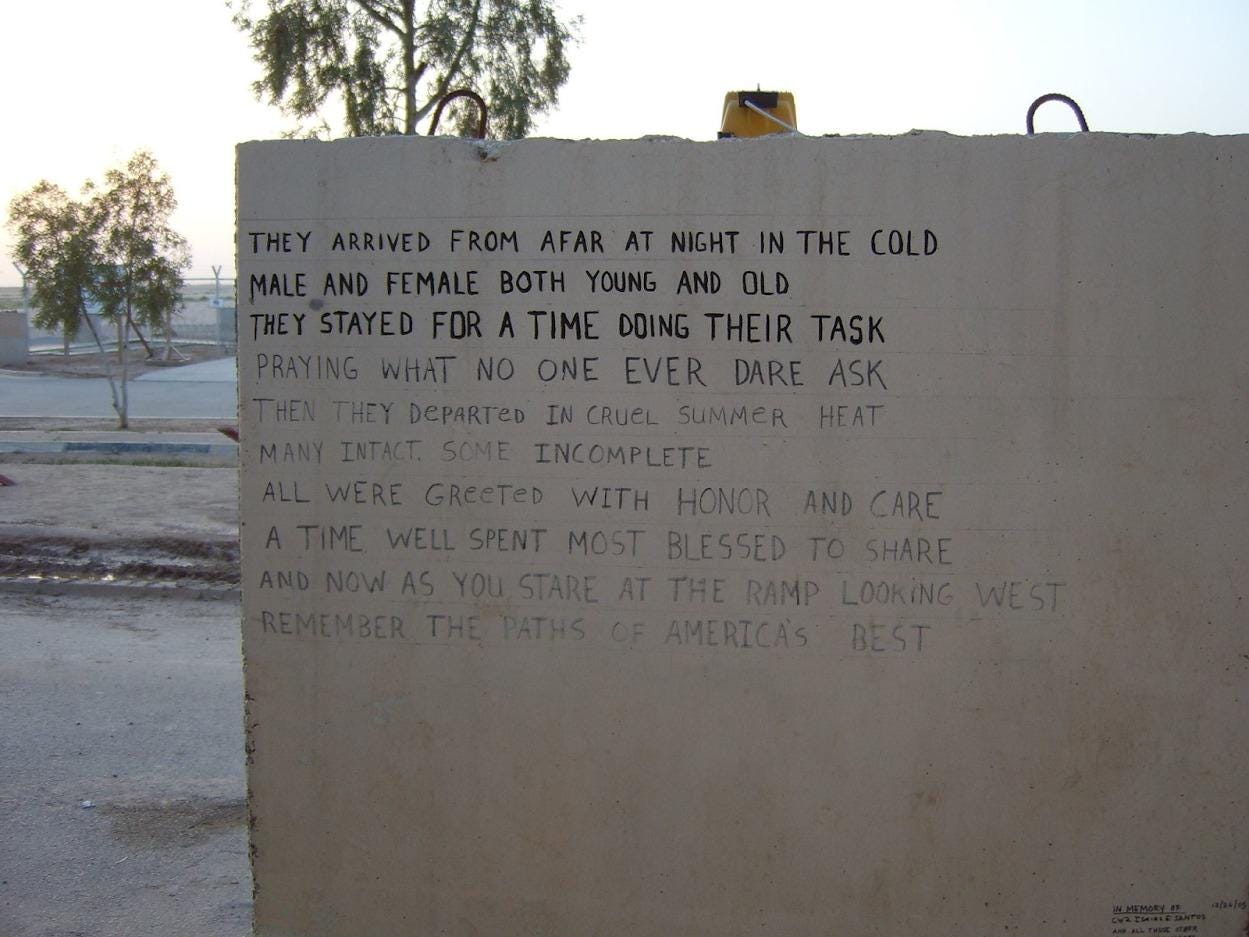
They arrived from afar at night in the cold
Male and female both young and old
They stayed for a time doing their task
Praying what no one ever dare ask
Then they departed in cruel summer heat
Many intact. Some incomplete.
All were greeted with honor and care
A time well spend most blessed to share
And now as you stare at the ramp looking west
Remember the paths of America's best
( In memory of CW2 Isaias E. Santos: 1st Battalion, 4th Aviation Regiment, Aviation Brigade, 4th Infantry Division) [killed Dec. 26 when his Apache helicopter collided with another military aircraft in mid-air and then crashed in Baghdad. )
Dead Eyes - Neville Johnson
I Stood on the edge of my open grave
I looked like death warmed up
Felt numb and alone on this alien shore
A war-ravaged young soul
Those tired and fearful eyes
They have seen everything
And tomorrow they will see again
A wasted youth blossomed up behind me
Its cold unscrupulous heaviness drowned daylight
Incoming - Neville Johnson
The mystique of raindrops gently fell that quiet night
Clouds gathered in the east, and I felt my soul stir
I stood still like a well-worn shack
amidst the solitude of the Valley
The air electrified as we anticipated the quenching storm
Waiting for the rain to flood the soil
Art and Photography
Barbarian Bastards by Scott Snow
Collected Photographs by Gage Gatsby
Collected Photographs by Elliot White
Health and Fitness
Fitness and PT Guidance for improving diet, physical performance, health, and leading troops in physical training.
Concussion - Michael T. Fanning DC, DACBSP®, CSCS®
Concussion is a common topic discussed every fall because of football. There have been multiple documentaries and a movie with Will Smith that explores the topic. While the topic is typically explored with regards to football, military veterans need to be aware of concussion, and its acute and chronic effects on behavior, and memory to name a few things.
Concussion is a mild traumatic brain injury (mTBI) that was most recently defined in a Concussion Consensus Statement in 2016 in Berlin, Germany. The consensus states that “concussion is a traumatic brain injury induced by biomechanical forces.” Groundbreaking stuff. The consensus statement then goes on to define how one might get a concussion and how to evaluate it. Evaluation is the Sports Concussion Assessment Tool (SCAT5) (6), there are other forms of assessment such as IMPACT/King-Devick etc. However, Giza et. Al, defines concussion as “any transient neurologic dysfunction resulting from a biomechanical force. Loss of consciousness is a clinical hallmark of concussion but is not required to make the diagnosis. Other symptoms include confusion, disorientation, unsteadiness, dizziness, headache, and visual disturbances. These post concussive deficits occur with minimal detectable anatomic pathology and often resolve completely over time, suggesting that they are based on temporary neuronal dysfunction rather than cell death.” (4). The biomechanical force does not need to be direct head trauma, it can be indirect trauma (whiplash) or the pressure that is associated with a blast wave.
What does that definition mean? It means concussion is not a structural issue. Ascertaining computed tomography (CT) or Magnetic Resonance Imaging (MRI) will not be helpful in determining the diagnosis of concussion. When you undergo a CT or MRI post-injury, that is to ensure there is not an intra-cranial bleed or other traumatic brain injury.
When someone fractures a limb, suffers a disc protrusion in the low back, or tears their rotator cuff, there are deficits we can see: loss of range of motion, bruising/swelling, or qualitative measures including pain level scales. There is also typically physical evidence to corroborate, which comes in the form of X-Rays, musculoskeletal ultrasound, or MRI. Once we establish a pain generator, then something can be done to treat that pathology: anything from conservative care through surgical intervention. This is not the case with concussion. With some exceptions (typically in the research setting) concussion cannot be seen on imaging. It cannot be corroborated with an image. Concussion is experienced by the patient. It is corroborated by a detailed history and by a thorough examination by a trained healthcare provider. A provider without bias.
The neurometabolic cascade that explains concussion is a bit outside the scope of this article. But a good source is “The Neurometabolic Cascade of Concussion” and the 2016 Concussion Consensus Statement. There will be an updated concussion consensus released in the spring of 2023 stemming from the Paris 2023 Concussion Conference where a new consensus statement will be drafted.
Typical signs and symptoms of acute and subacute concussion include headache, “pressure in the head”, neck pain, dizziness, blurred vision, balance issue, sensitivity to light or sound, feeling slowed down, difficulty concentrating, difficulty remembering, fatigued, confusion, drowsiness, more emotional, sadness, anxiety, irritability and/or trouble falling asleep. If these symptoms persist outside of one month, it is considered Post-Concussion Syndrome. Some symptoms may never go away. It is important to note that most of these are subjective symptoms.
Active-Duty (AD) Military and Veterans need to understand their exposure to previous traumas that may have induced a concussion. Have you been within “Danger Close” during a JDAM strike? Or within the “minimal safe distance” of an air strike, whether that be down range or in training? The blast wave (primary blast injury), blast fragments (secondary blast injury) and body displacement (tertiary blast injury) are all factors that can induce a concussion. AD and Veterans who have been in an improvised explosive device (IED) attack, risk the same types of injury. The same can be said with artillery. While helmets help mitigate penetrating wounds, they do not necessarily protect the brain from a concussion induced by the primary, secondary and tertiary blast injuries.
Sub-concussive forces take their toll too. That is, a force that is not great enough to induce an acute concussive response. However, “[subconcussive forces] are less severe than a full-blown concussive episode, subconcussive impacts happen much more frequently and current research has suggested this form of head trauma may have an accumulative effect and lead to neurological impairment later in life” (5). How many times have you hit your head while grappling? On a mission? In the HUMVEE? Were you assessed? Who assessed you? Concussions and sub-concussive forces are cumulative. The more concussions one sustains, the easier it is to induce another.
The Department of Defense (DoD) released its data of traumatic brain injuries in quarter three of 2019 from Global War on Terrorism (GWOT) from 2000-2019. The DoD broke the data down between services, then Active Duty and Guard/Reserve, then by penetrating, severe, moderate, and mild traumatic brain injury. Concussion is classified as a mild traumatic brain injury (mTBI). Keep in mind that mTBI is greatly underreported (3). One study found that (in 2008) about 48% of AD service members who suffered a concussion-like event did not report the event (3). But here are the reported mTBI by service during the GWOT (1):
-Army Active: 154, 383
-Army Guard/Reserve: 44,396
Air Force Active: 41,495
-Air Force Guard Reserve: 7,218
-Navy Active: 43,333
-Navy Reserve: 3,449
-Marines Active: 44,781
-Marines Reserve: 3,692
These numbers are significant.
mTBI/Concussion has overlapping symptoms with psychiatric disorders such as depression and post-traumatic stress disorder (PTSD) (1). And, as we know both of these issues are endemic to our (AD and Veteran) community. Furthermore, it has been postulated that neuroendocrine dysfunction is present in up to 42% of mTBI patients (2). Neuroendocrine dysfunction (NED) is also associated with overlapping symptoms such as fatigue, insomnia, impaired cognition, memory loss, anxiety, depression, and difficulty concentrating. NED can be explored through endocrinology labs.
You did not just get “your bell rung”, mTBI/concussion is a serious issue that is often overlooked because there is a lack of imaging to confirm the diagnosis. Rapid diagnosis leads to appropriate management and good outcomes. But, as noted, many AD/Veterans never sought care and were never appropriately managed. Concussion can lead to chronic issues that overlap with other disorders such as Post-Concussion Disorder, Depression, PTSD and NED, all of which are managed differently but different providers4.
Does this sound like you or a friend? There is no shame in seeking help.
Special thanks to Hunter7 Foundation for providing much of the mTBI data from the DoD.
How Far Do You Want To Run Marathon Results: Let Us Know
Over the last three months, Lethal Minds has been featuring a running plan from Blair Faulk. Well the plan is complete and now its show time.
Several team members from Lethal Minds will be running marathons over the next couple months. We encourage you to send us your own results and photographs from your own races.
Lethal Minds and Blair Faulk
——————————
This ends Volume 6, Edition 1, of the Lethal Minds Journal (01NOVEMBER2022)
The window is now open for Lethal Minds’ seventh volume, releasing December 1st.
All art and picture submissions are due as PDFs or JPEG files to our email by midnight on 20 November.
All written submissions are due as 12 point font, double spaced, Word documents to our email by midnight on 20 November.
lethalmindsjournal@gmail.com
Special thanks to the volunteers and team that made this journal possible:
Erin
R.W Parker
Steven
Matt Miranda
The Bulletin From The Borderlands Team




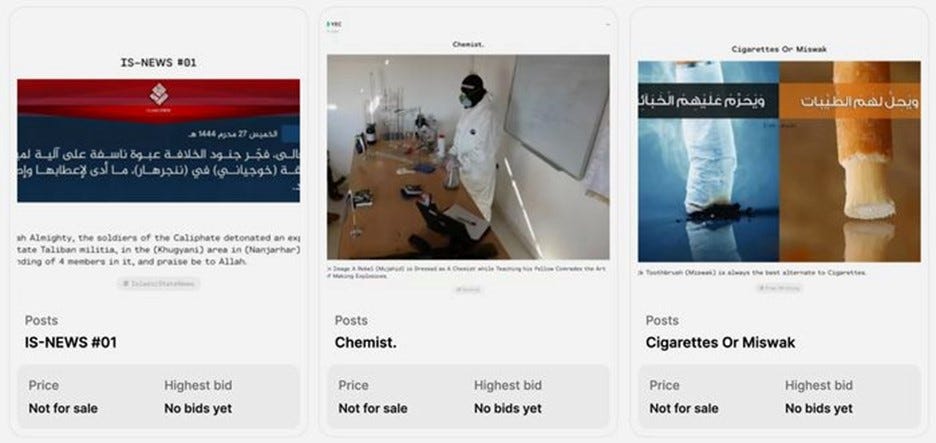
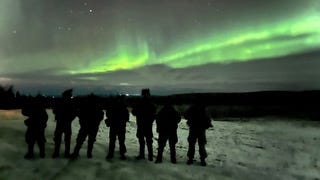
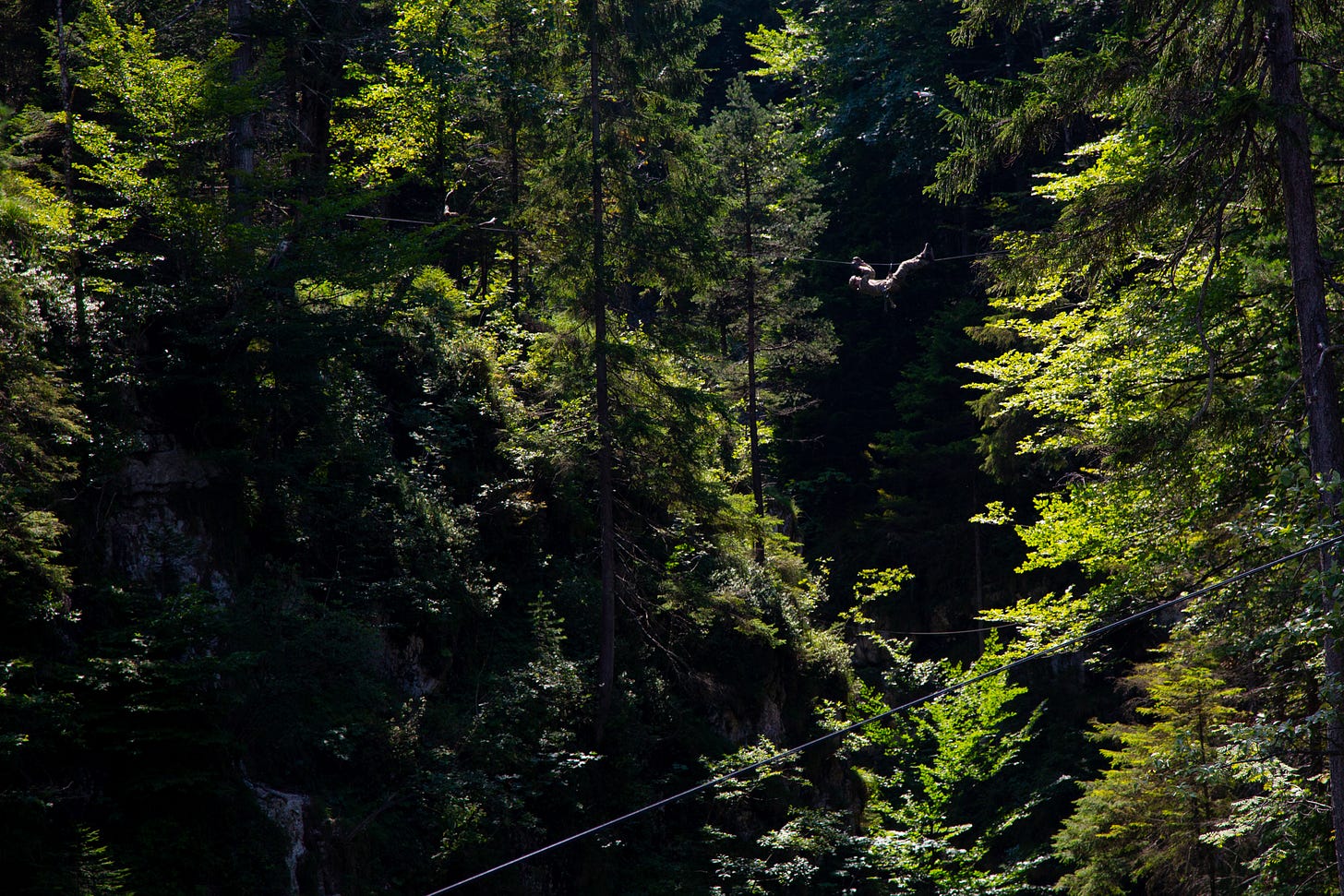
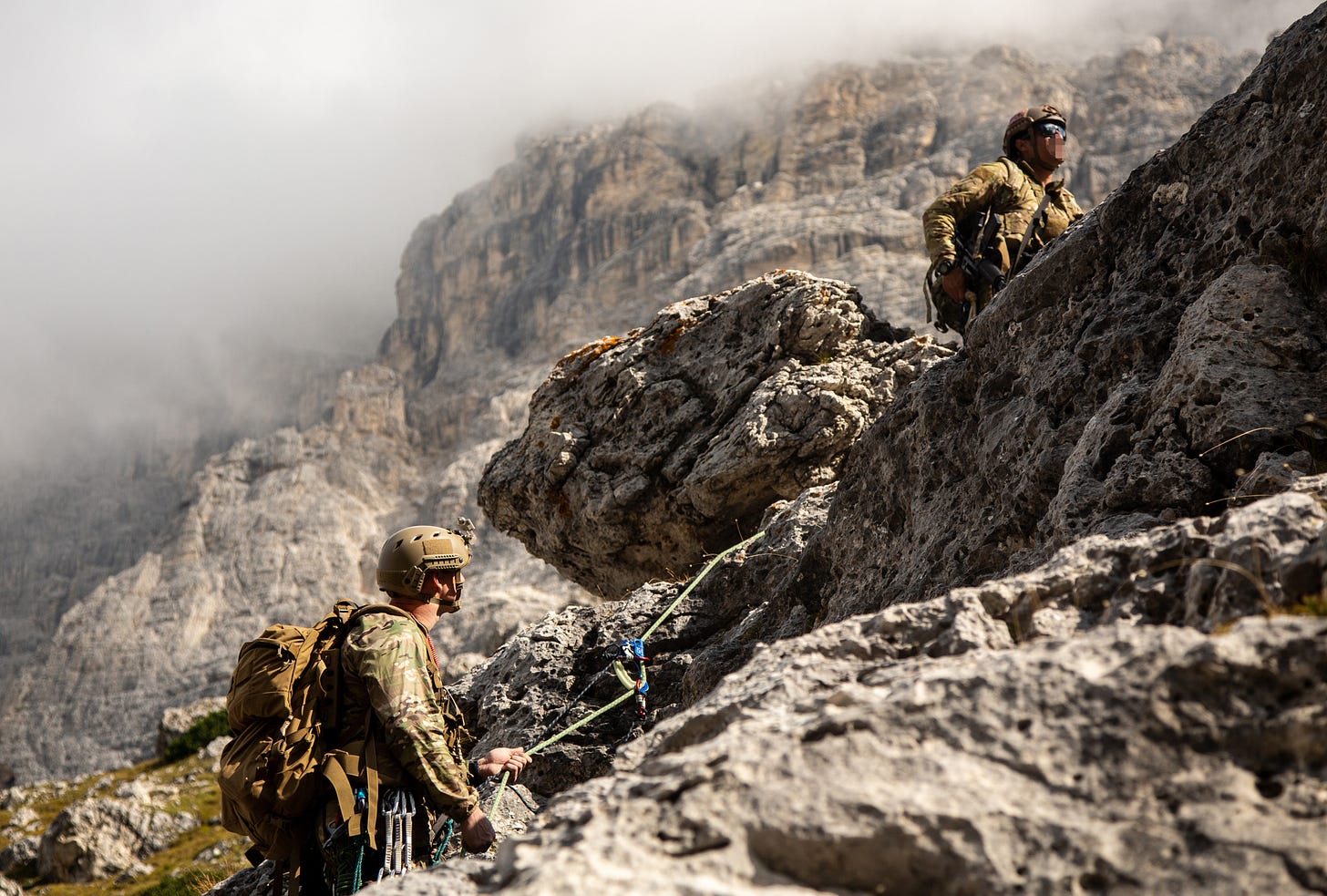
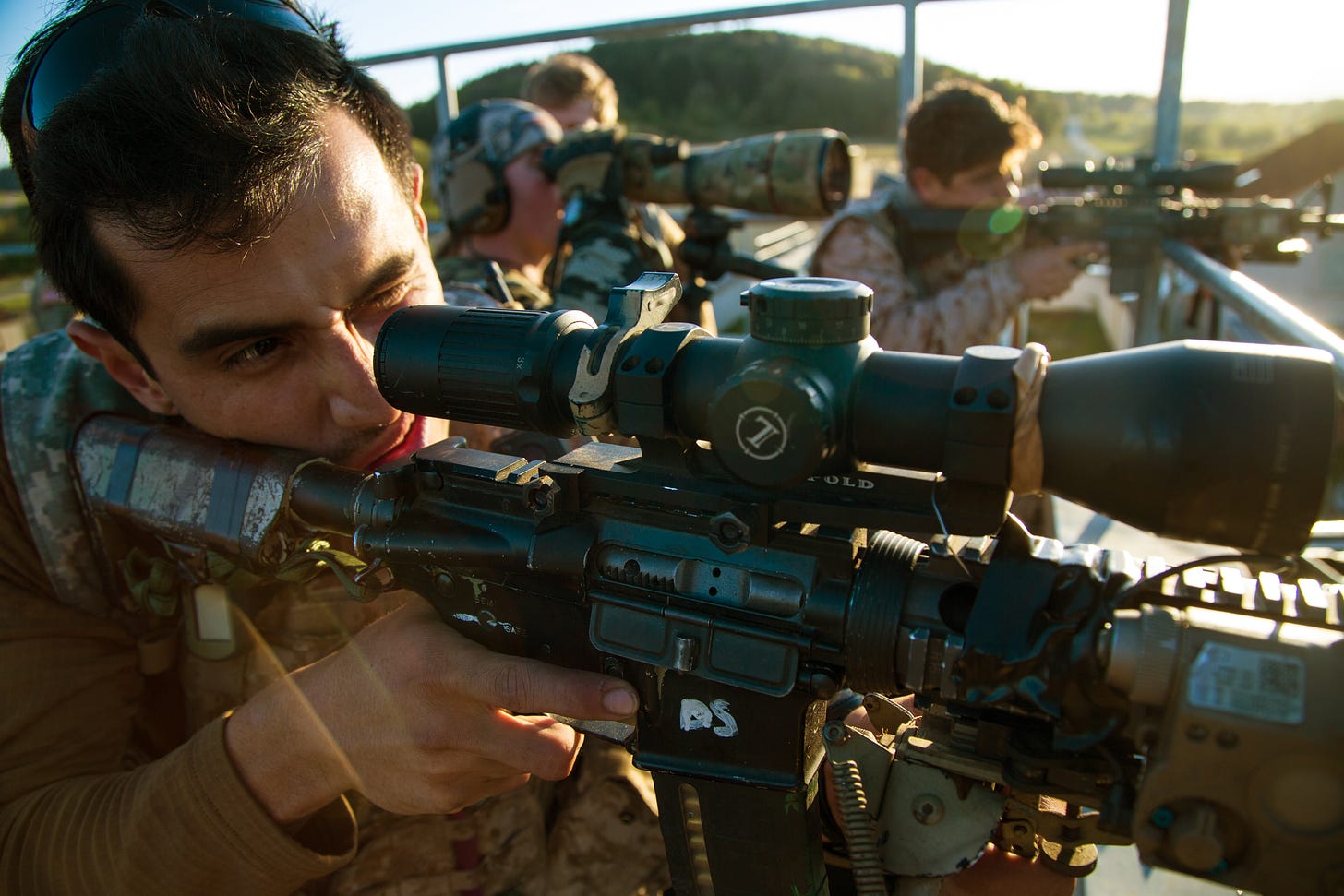
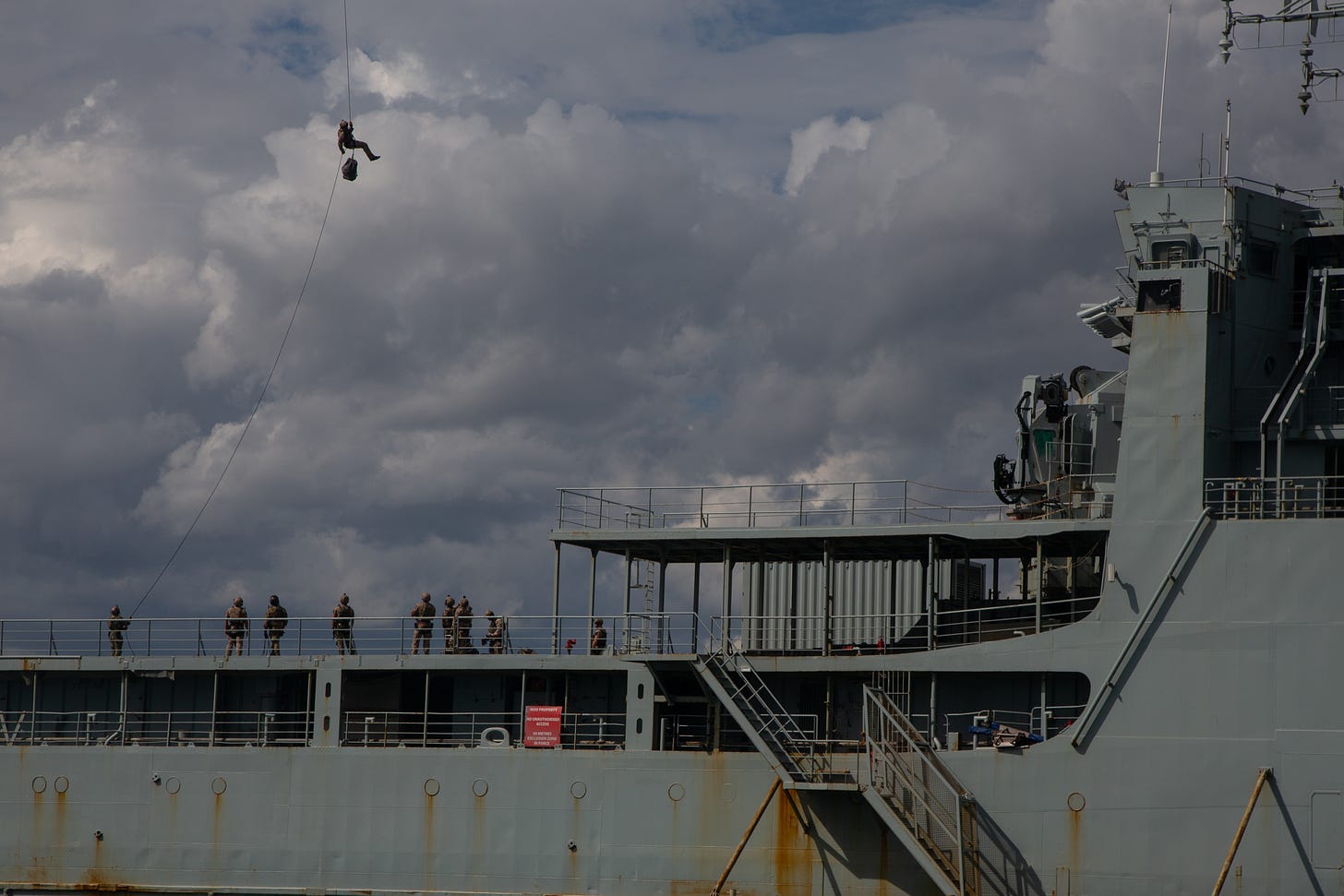
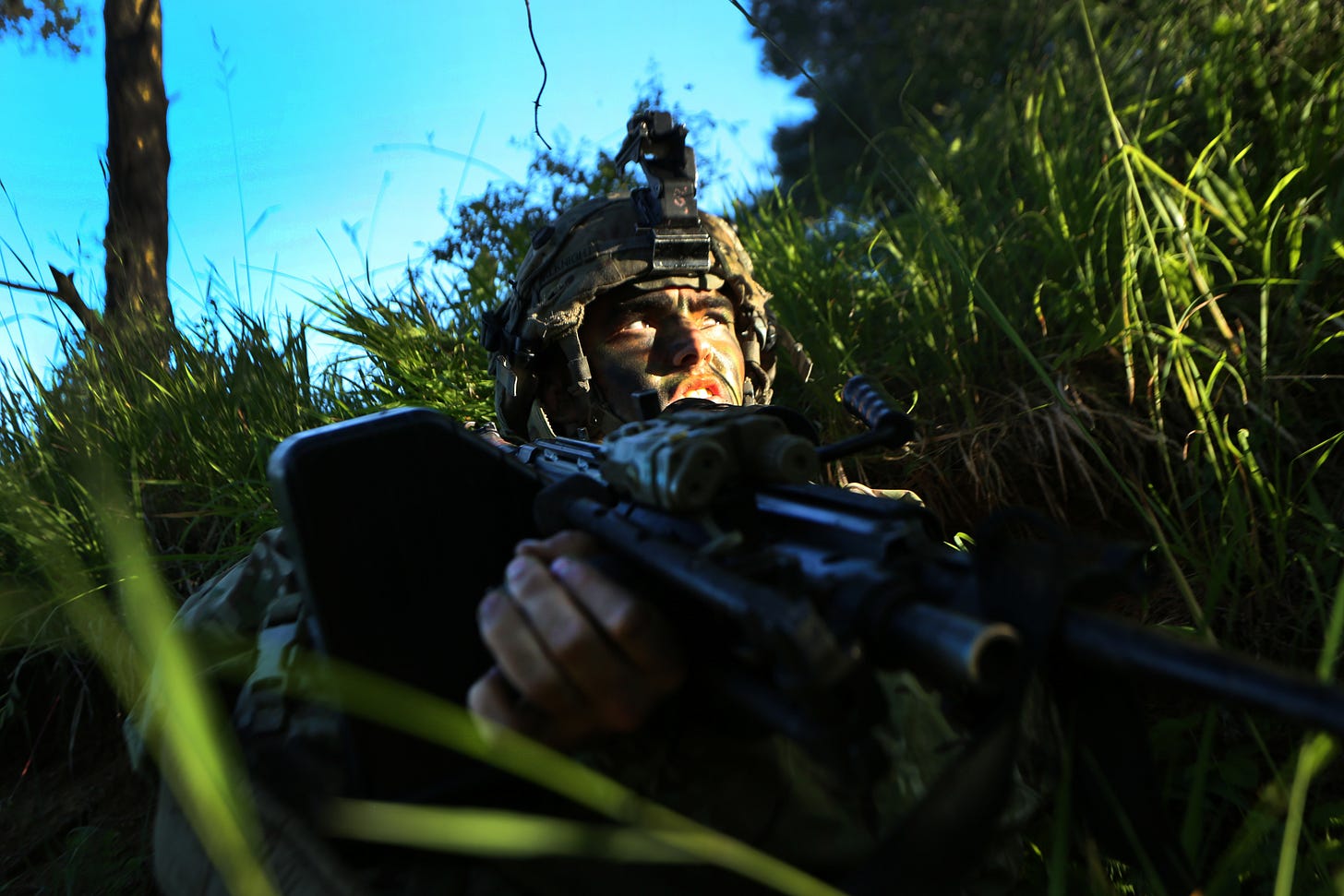
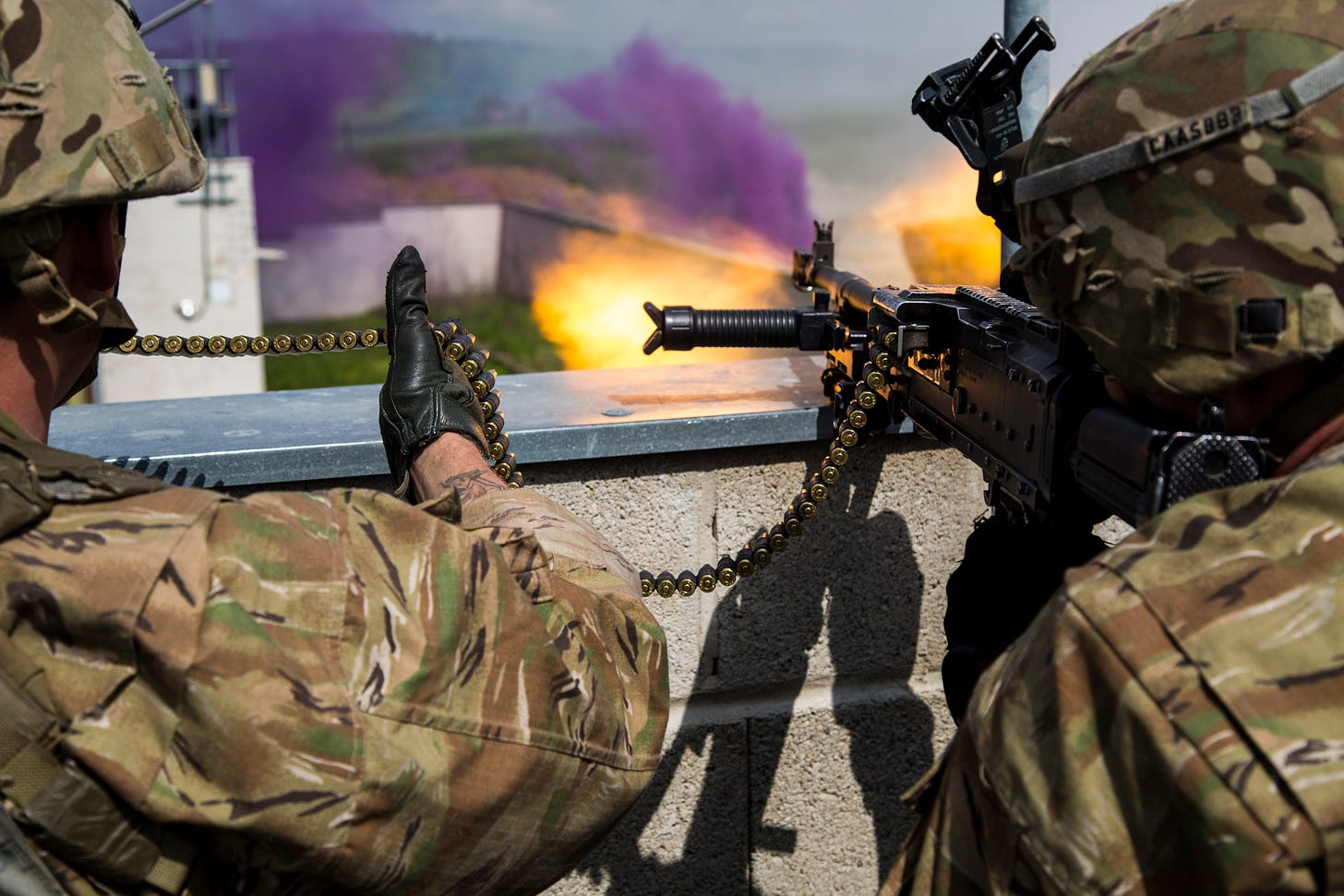
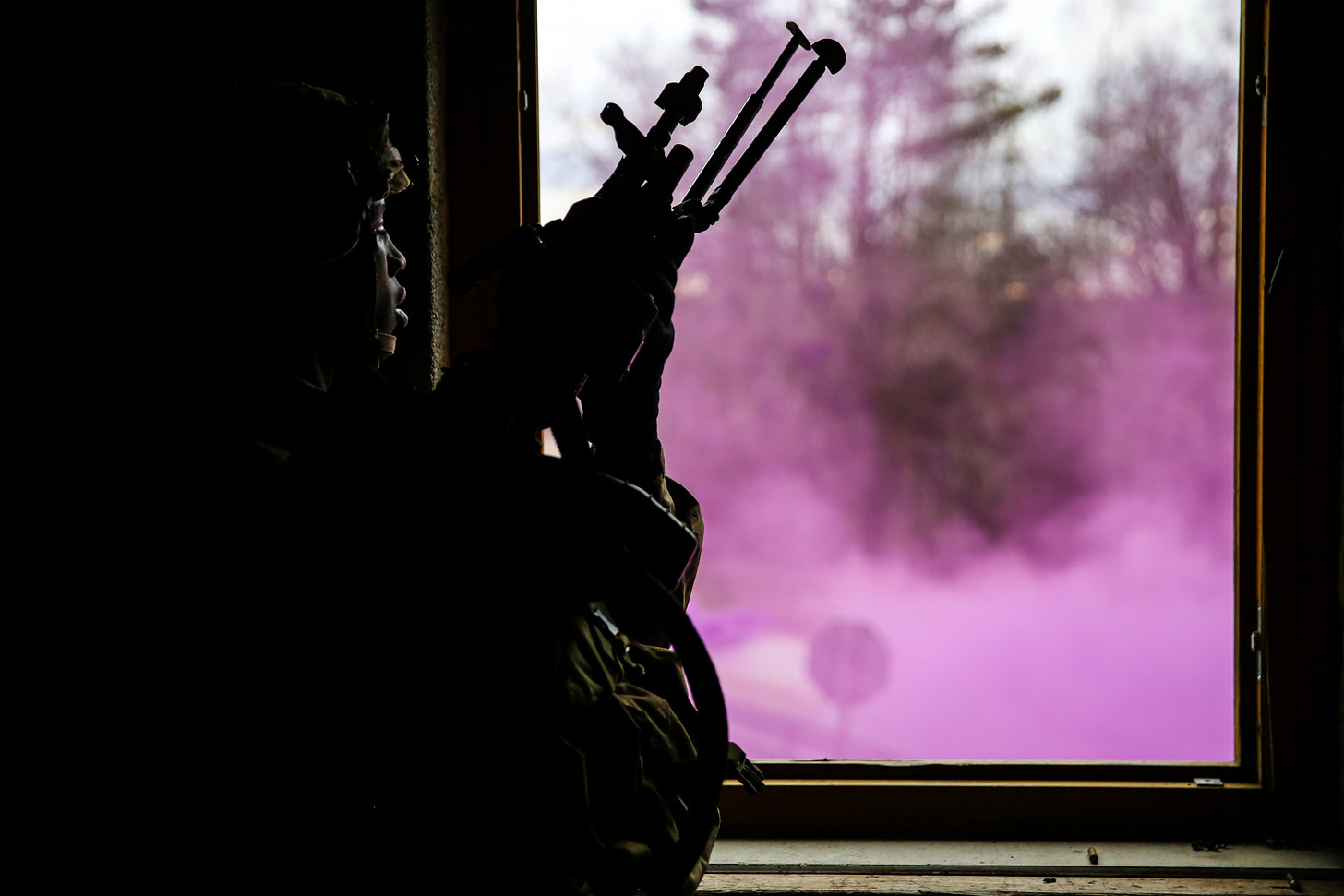
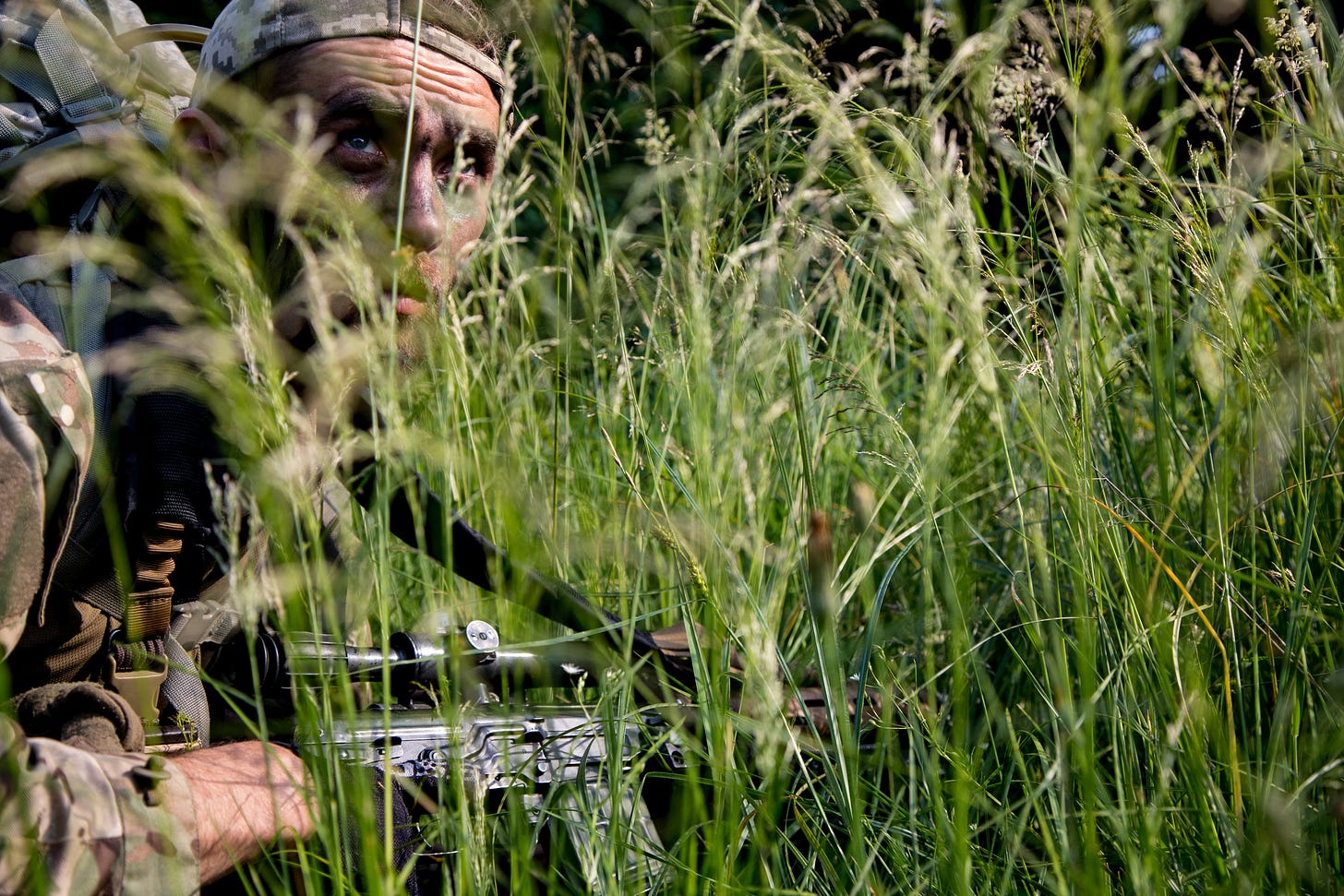


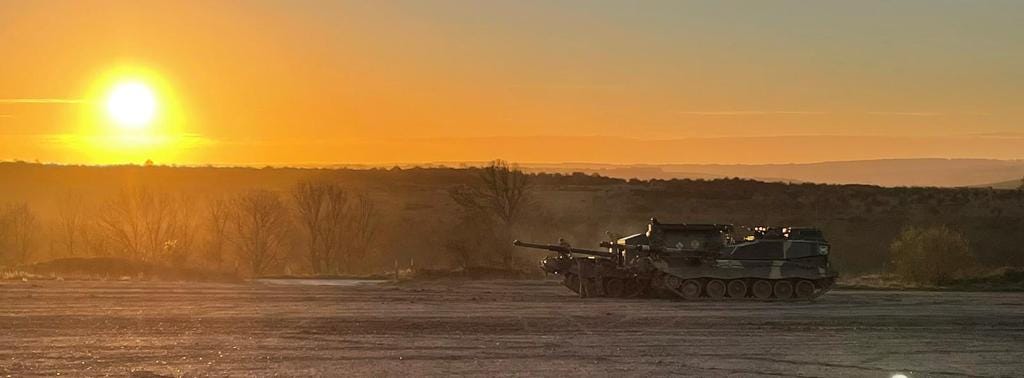

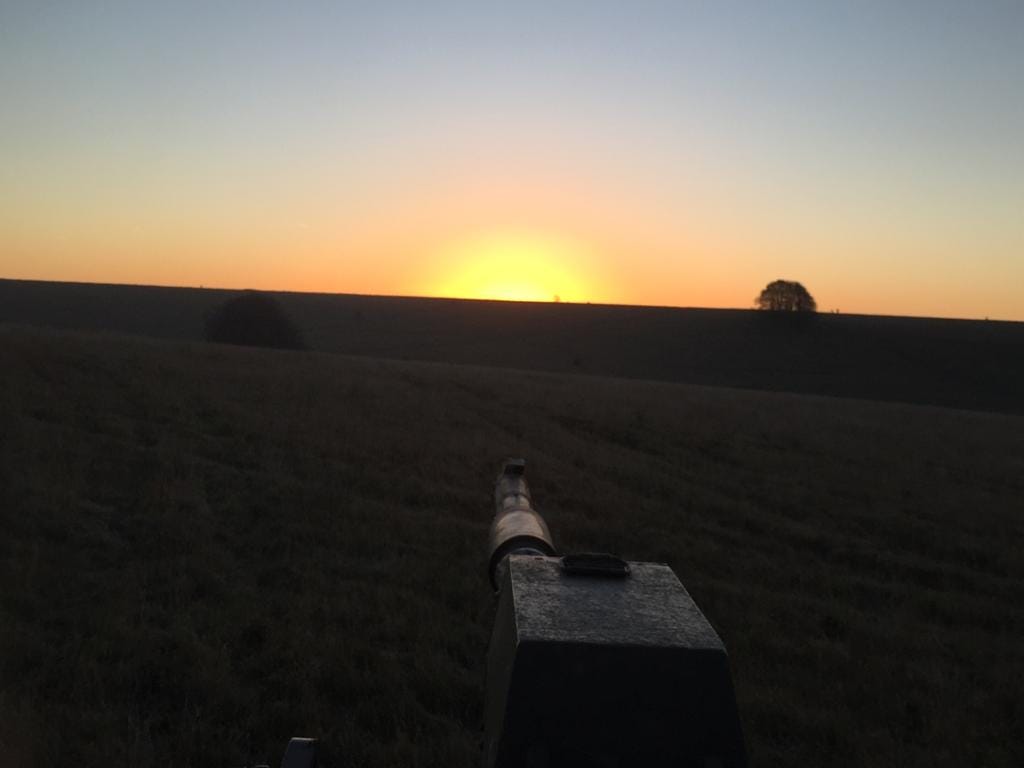
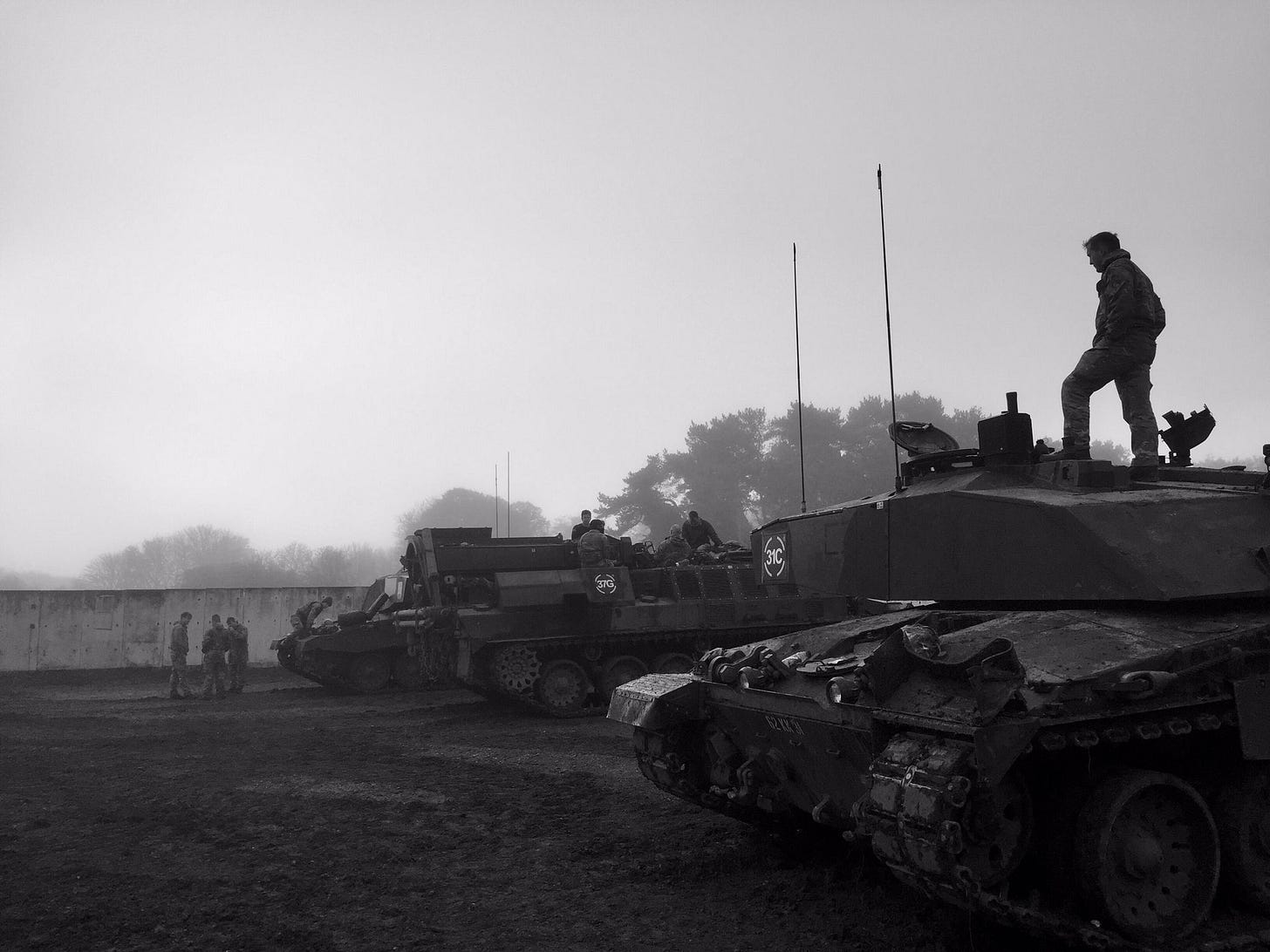
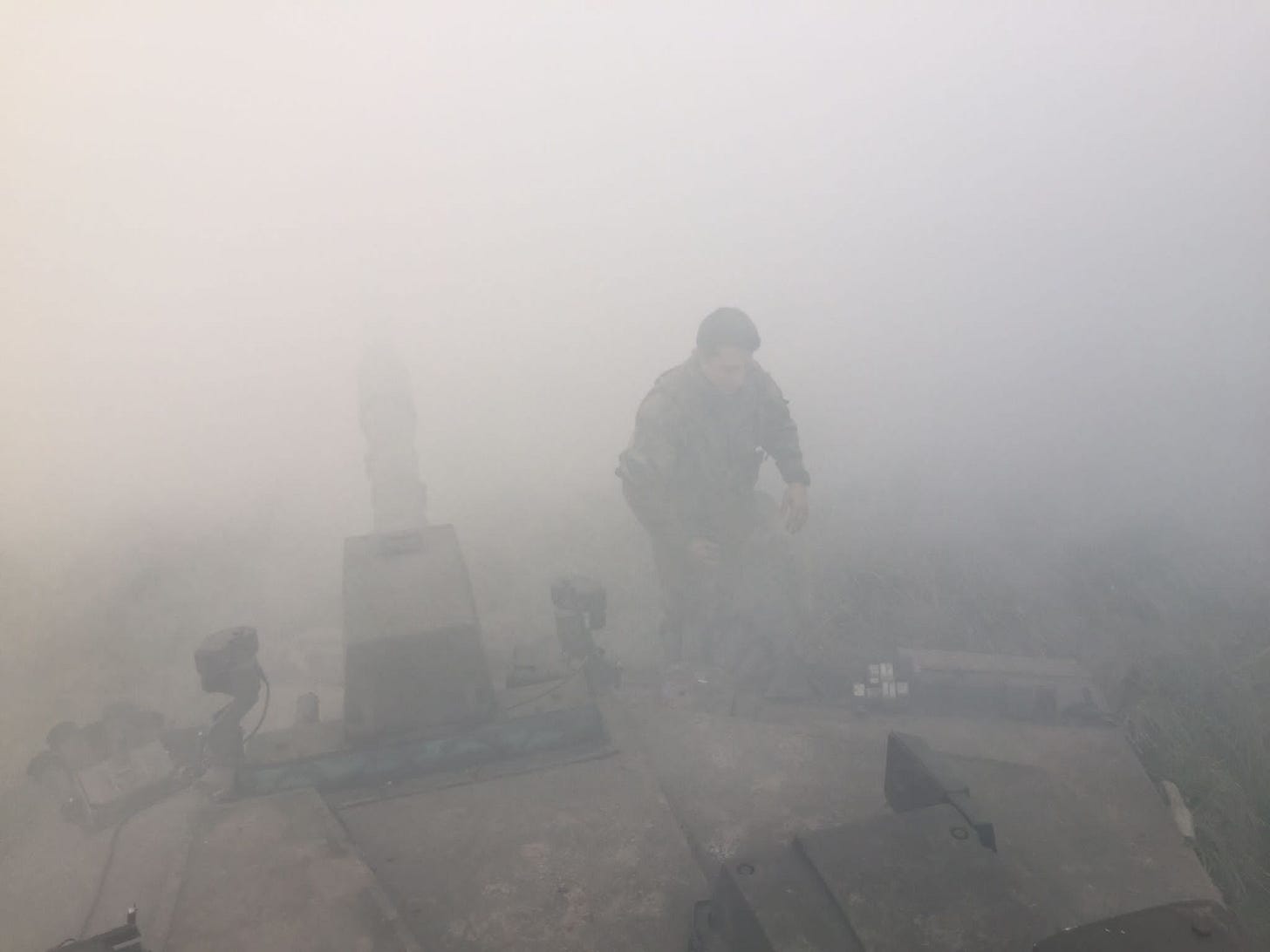
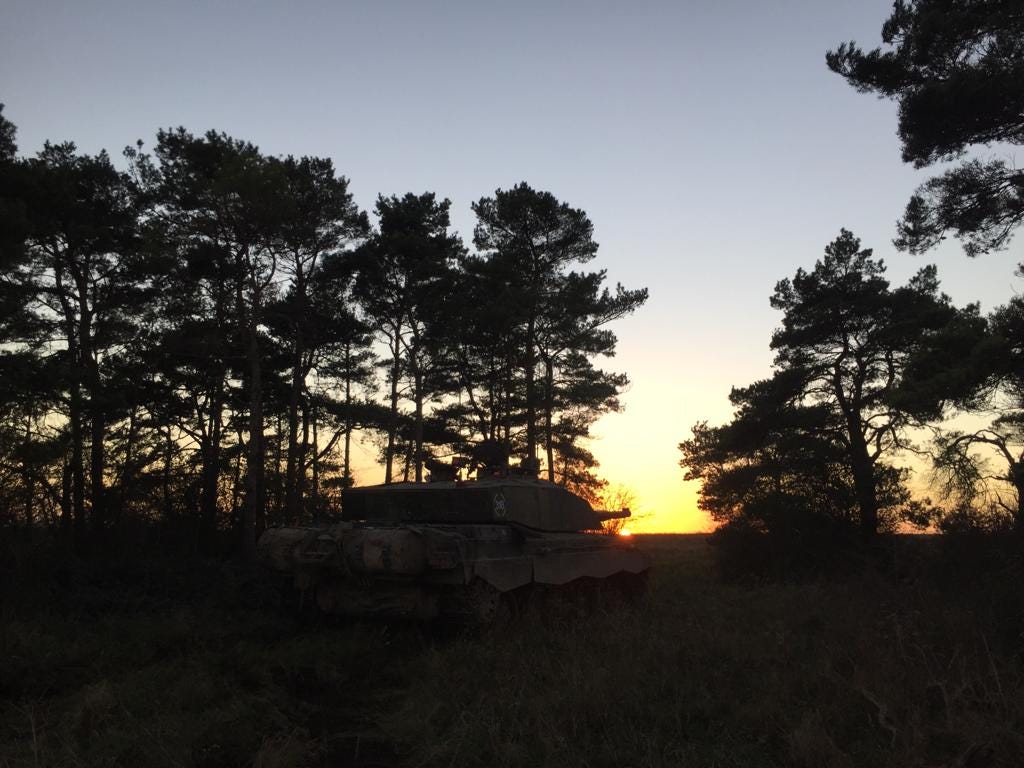
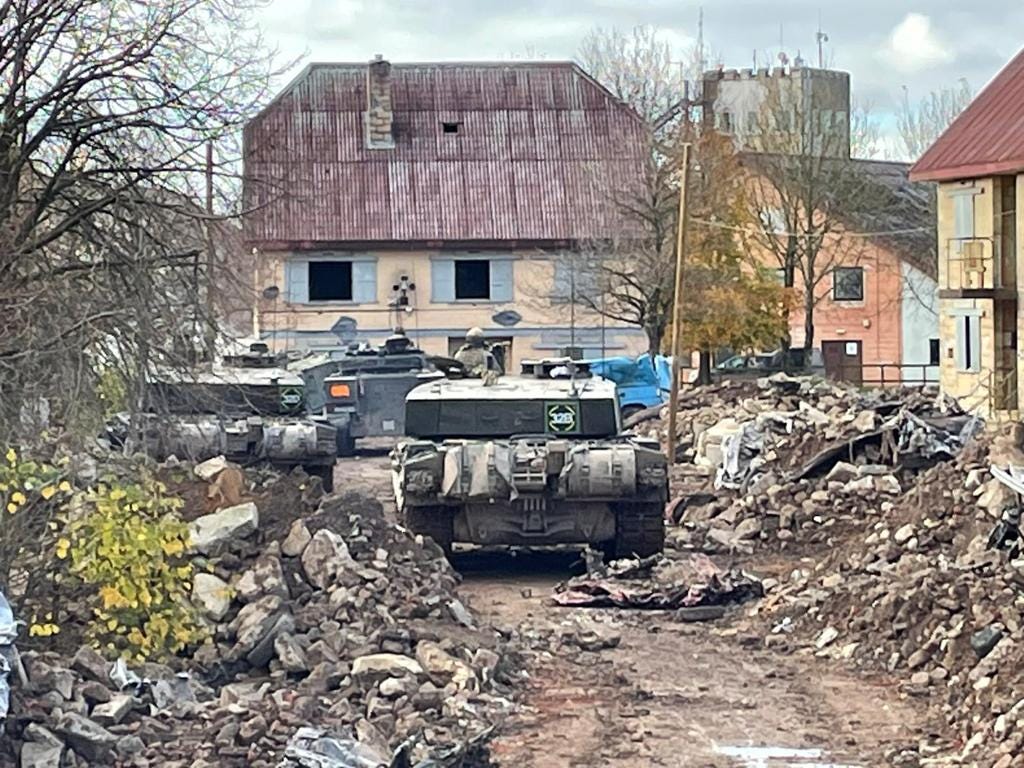

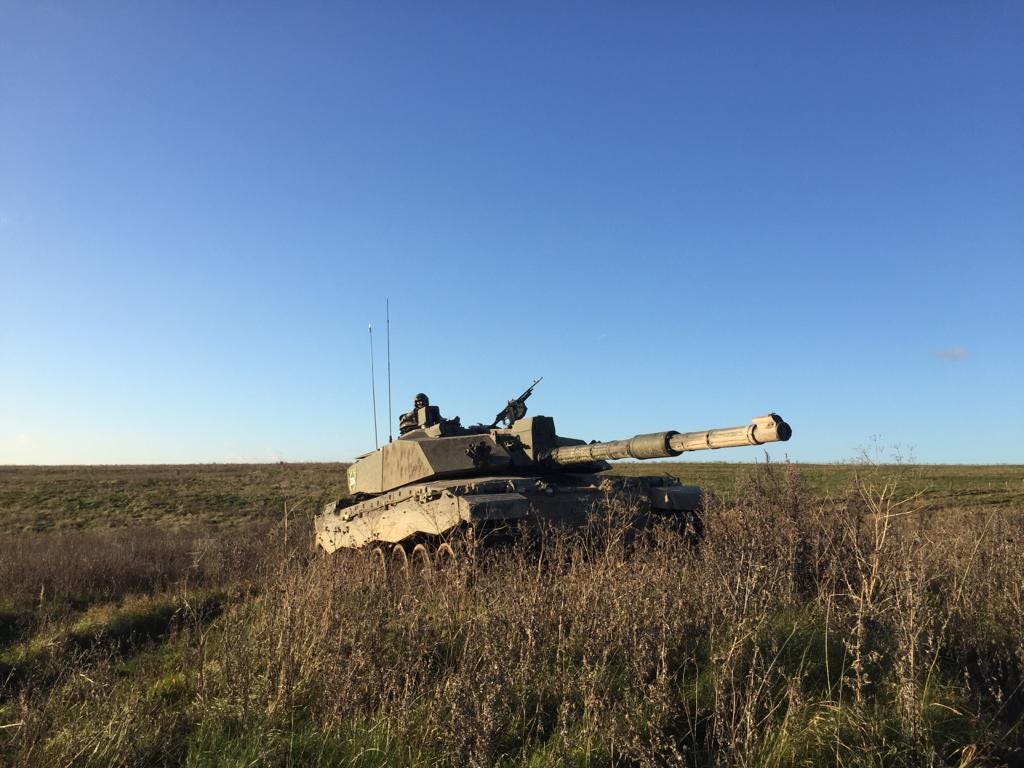
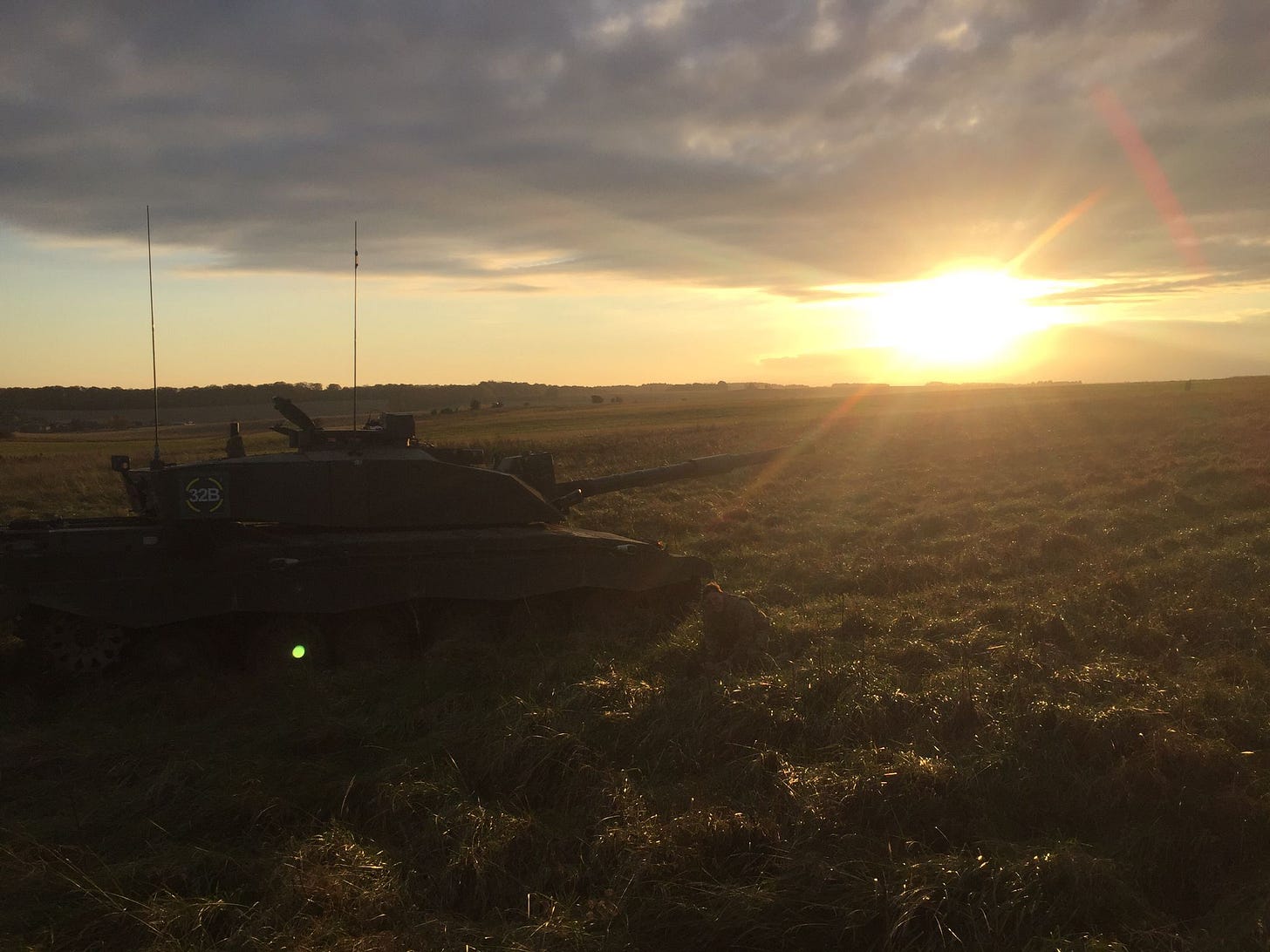
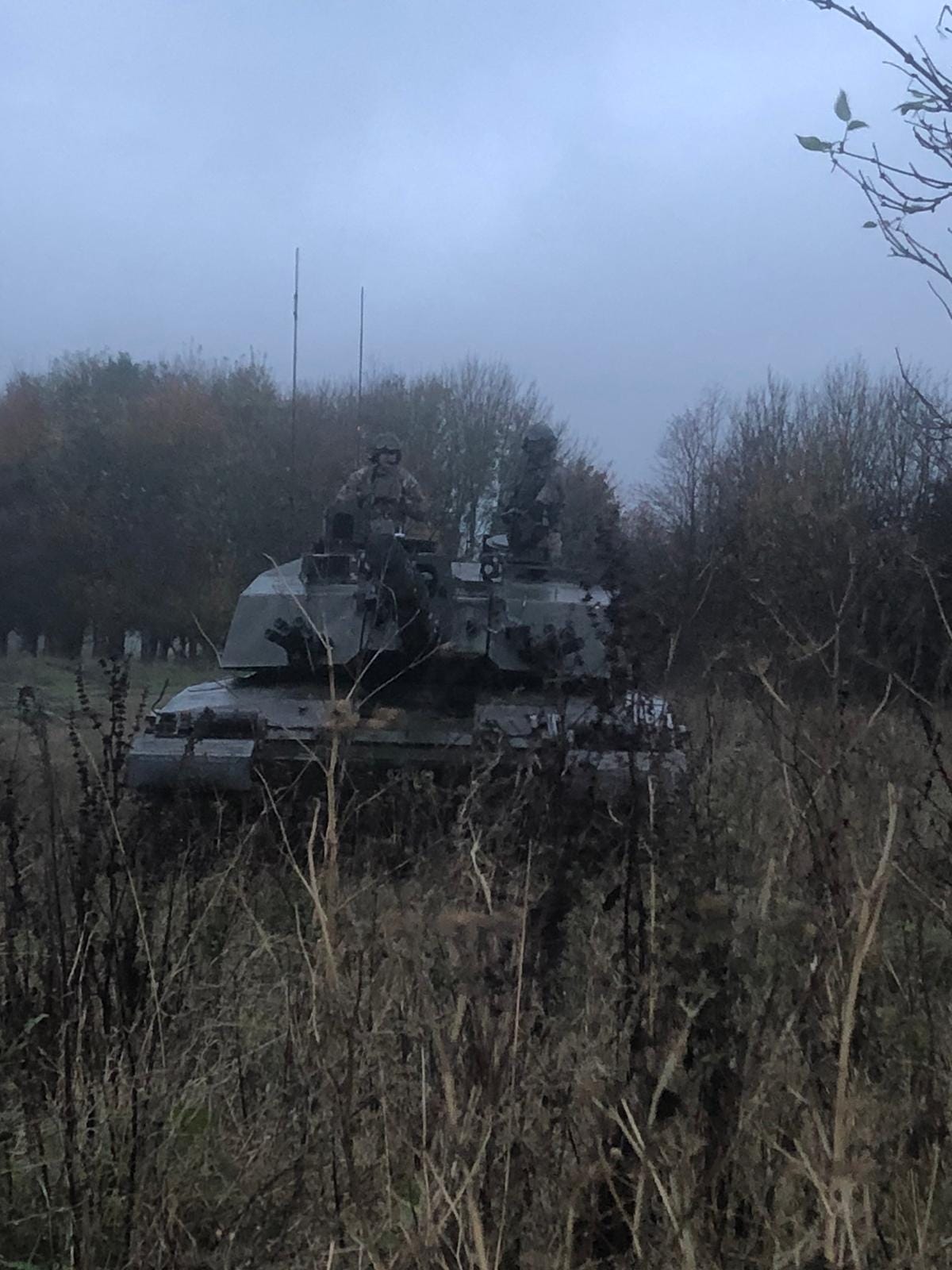
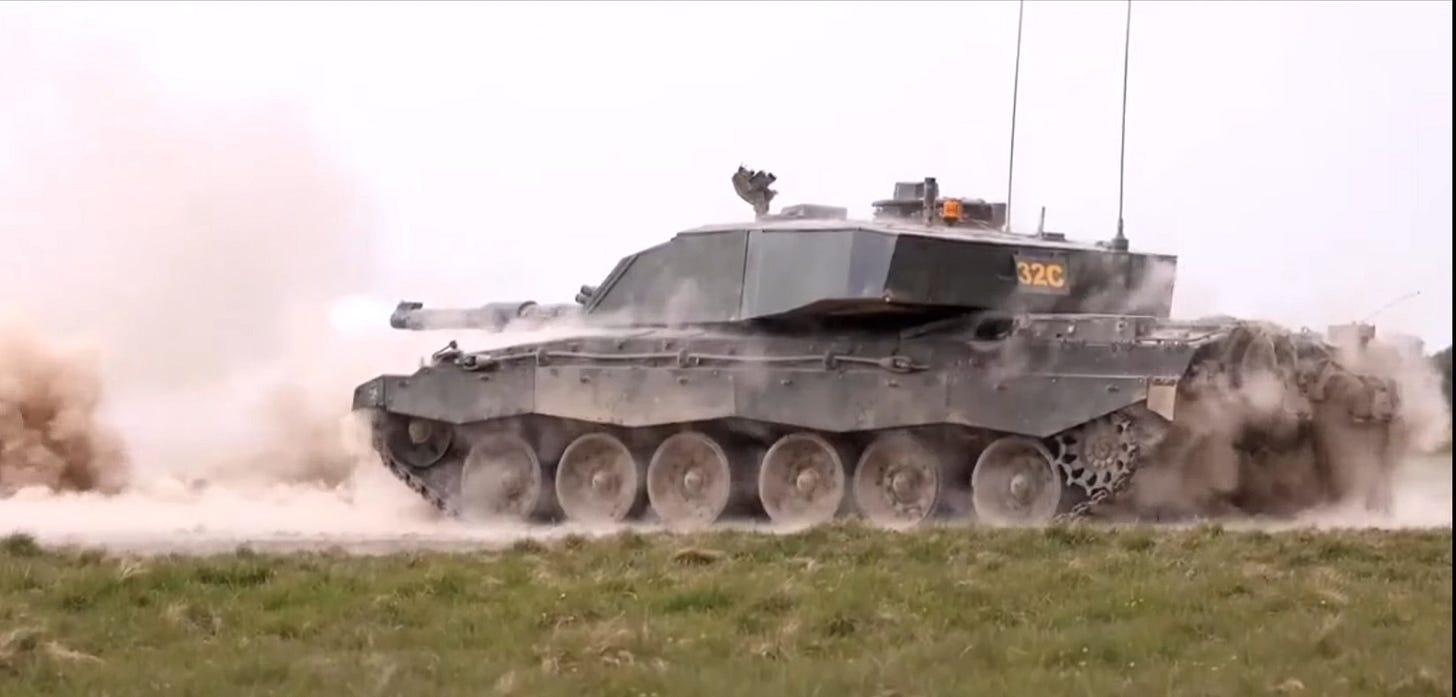

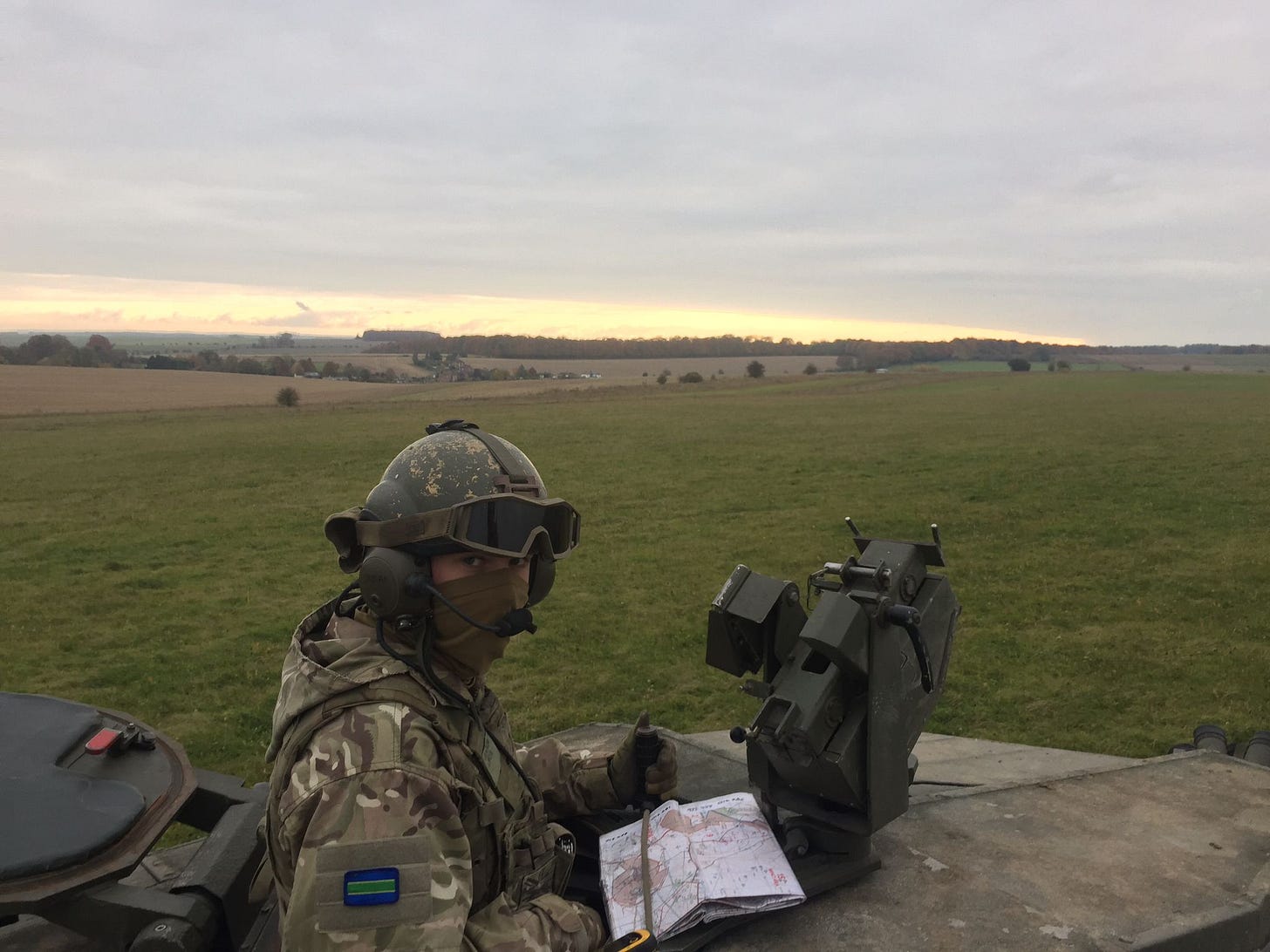
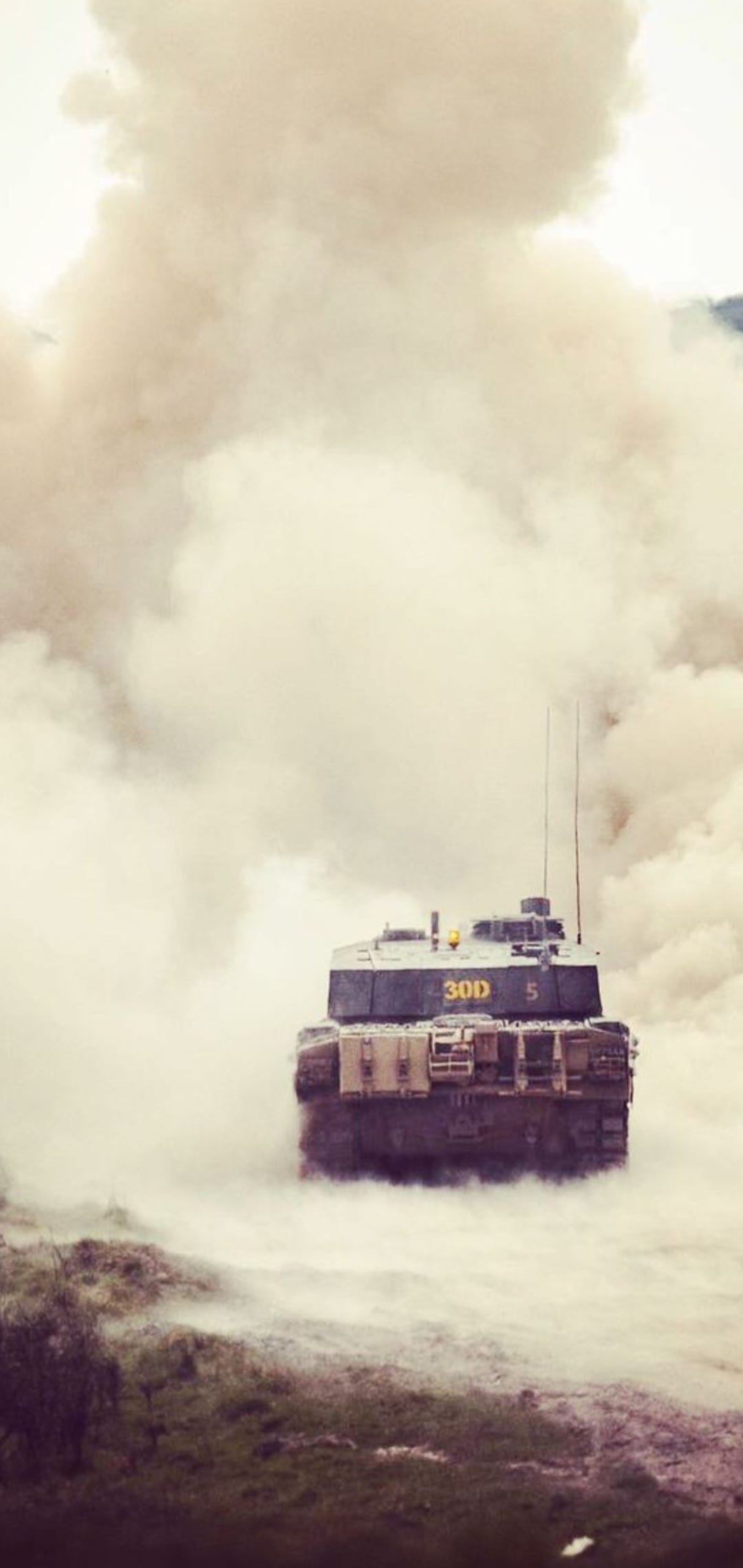
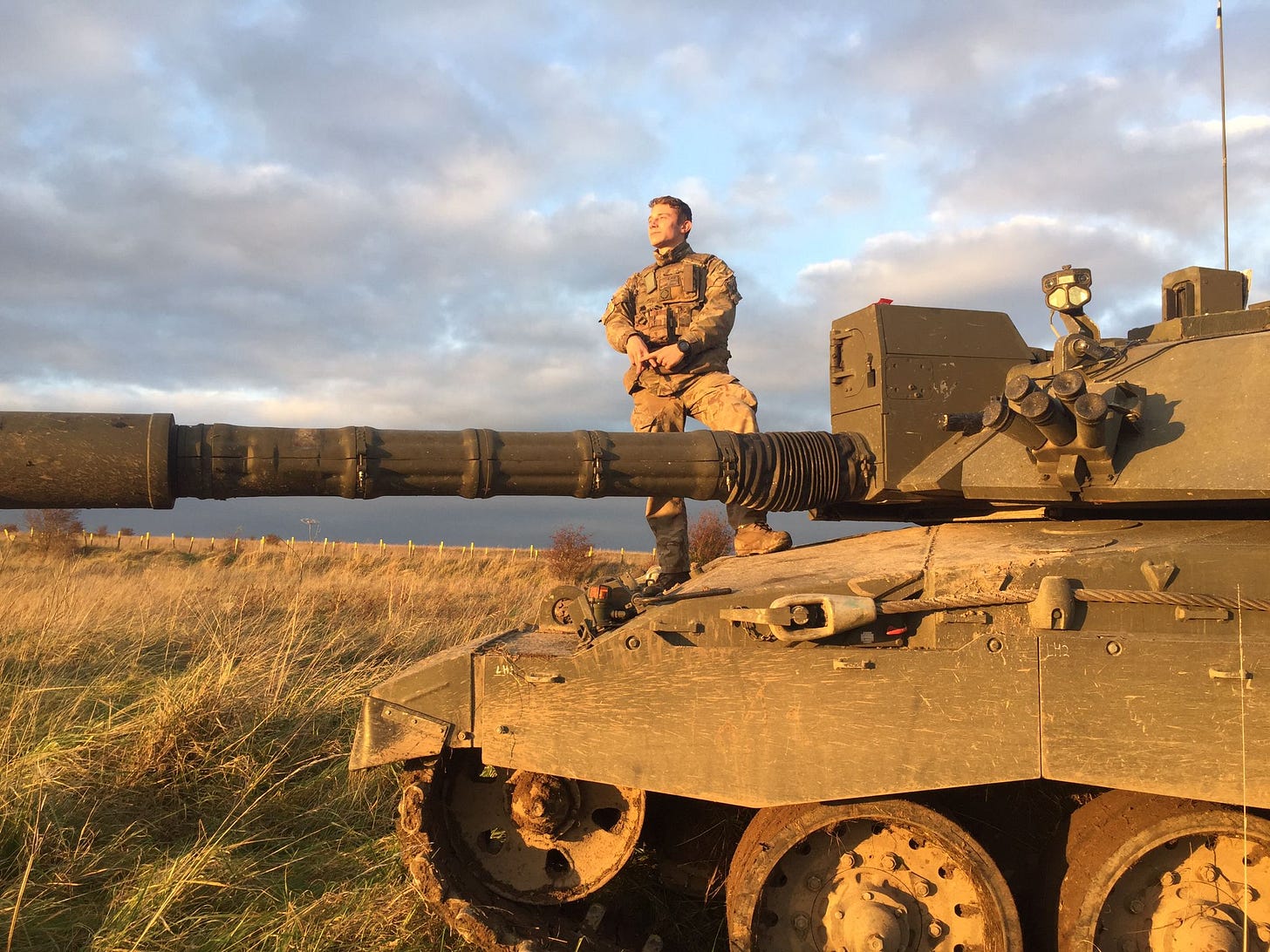
Looks great! Will go through it soon as I can. Can't imagine how many hours the team puts into this- keep it up!